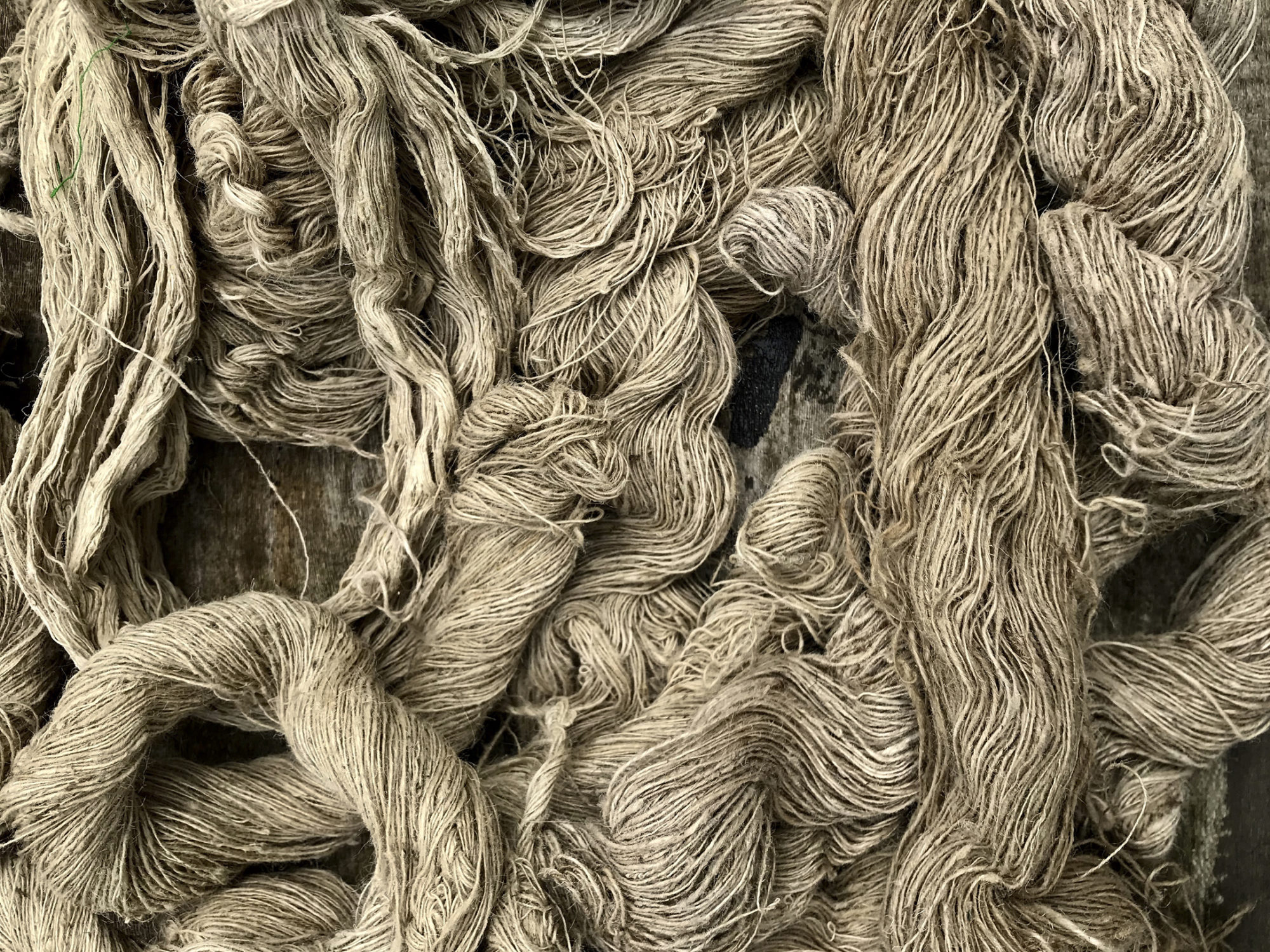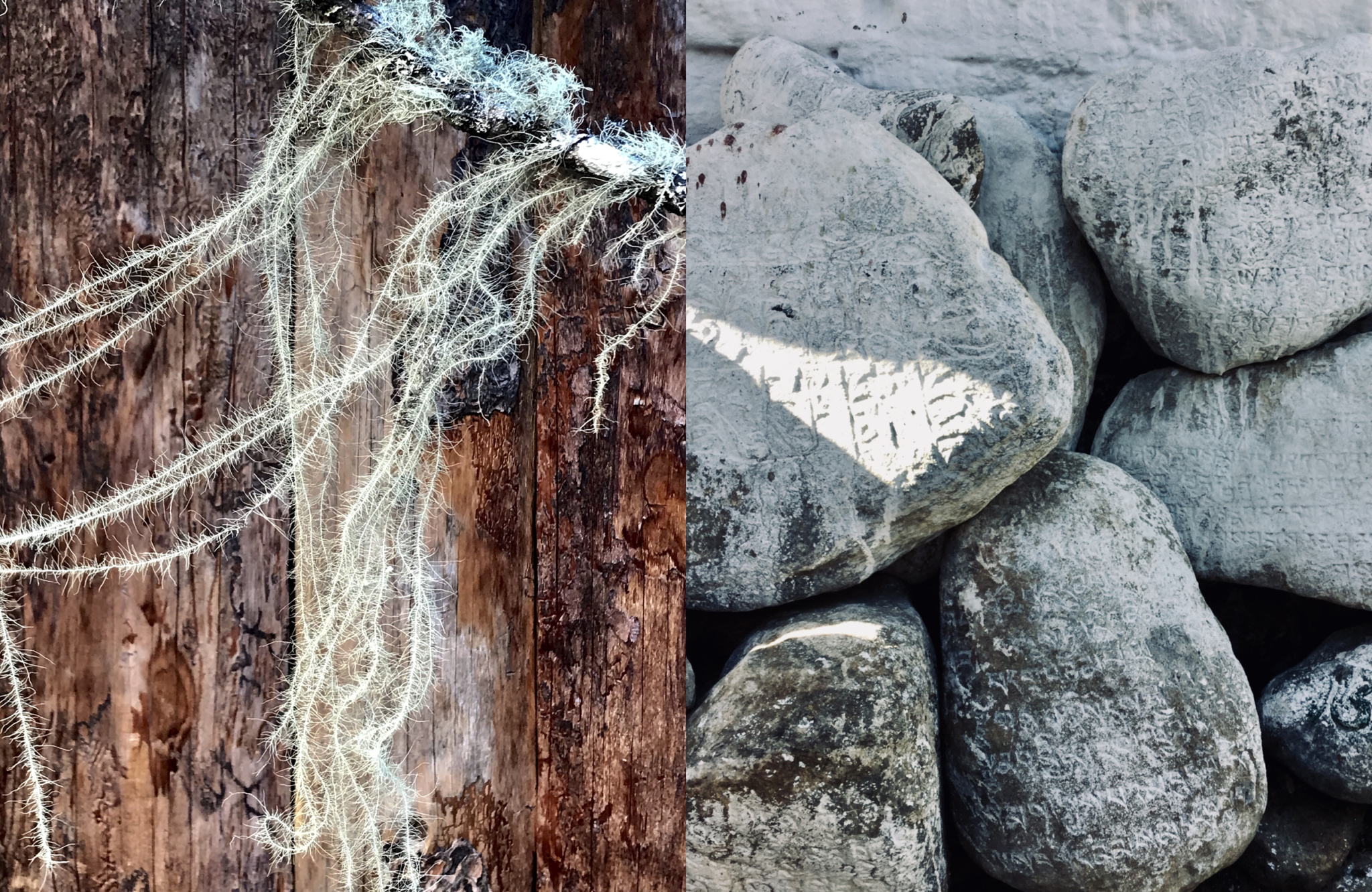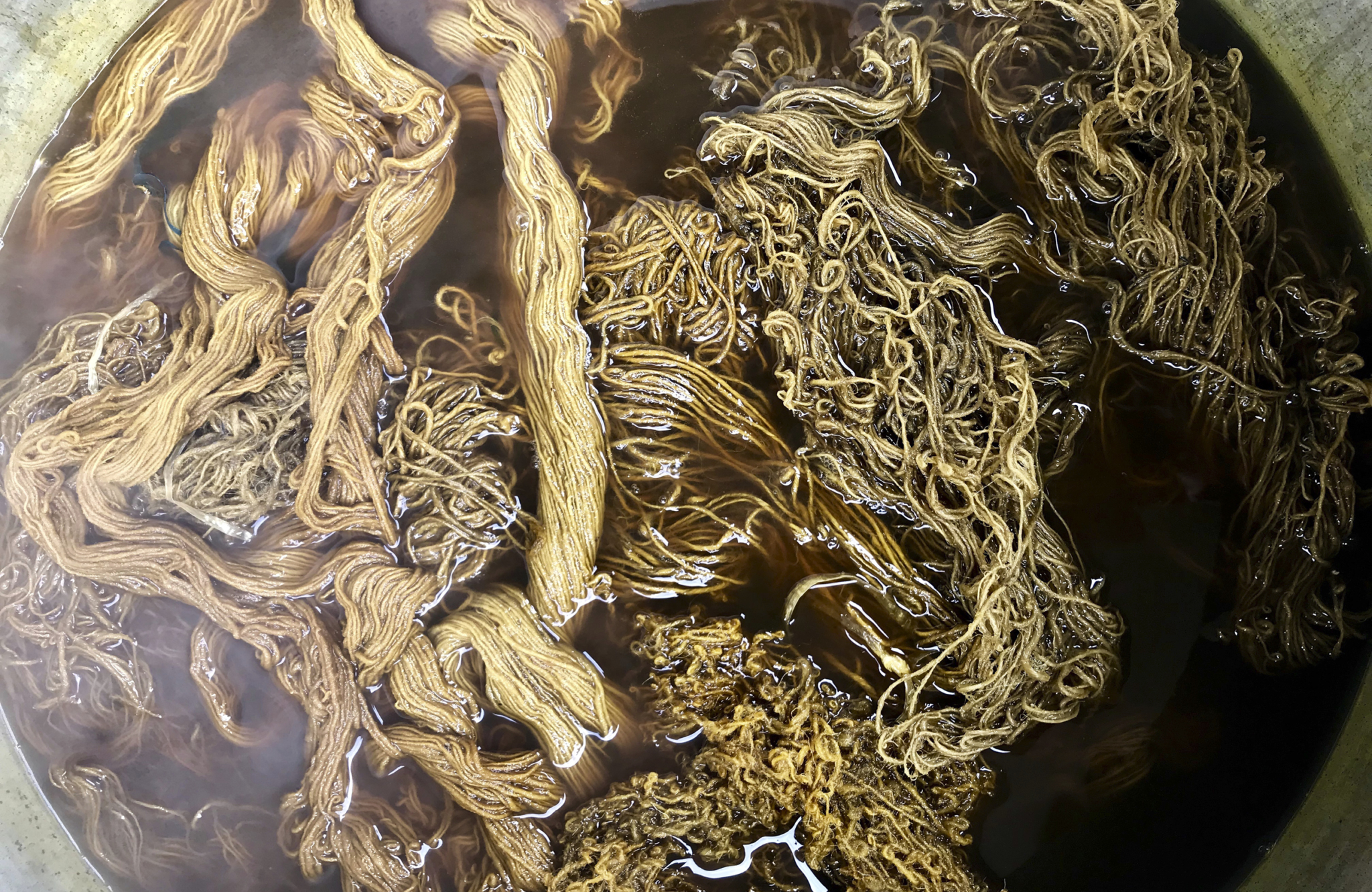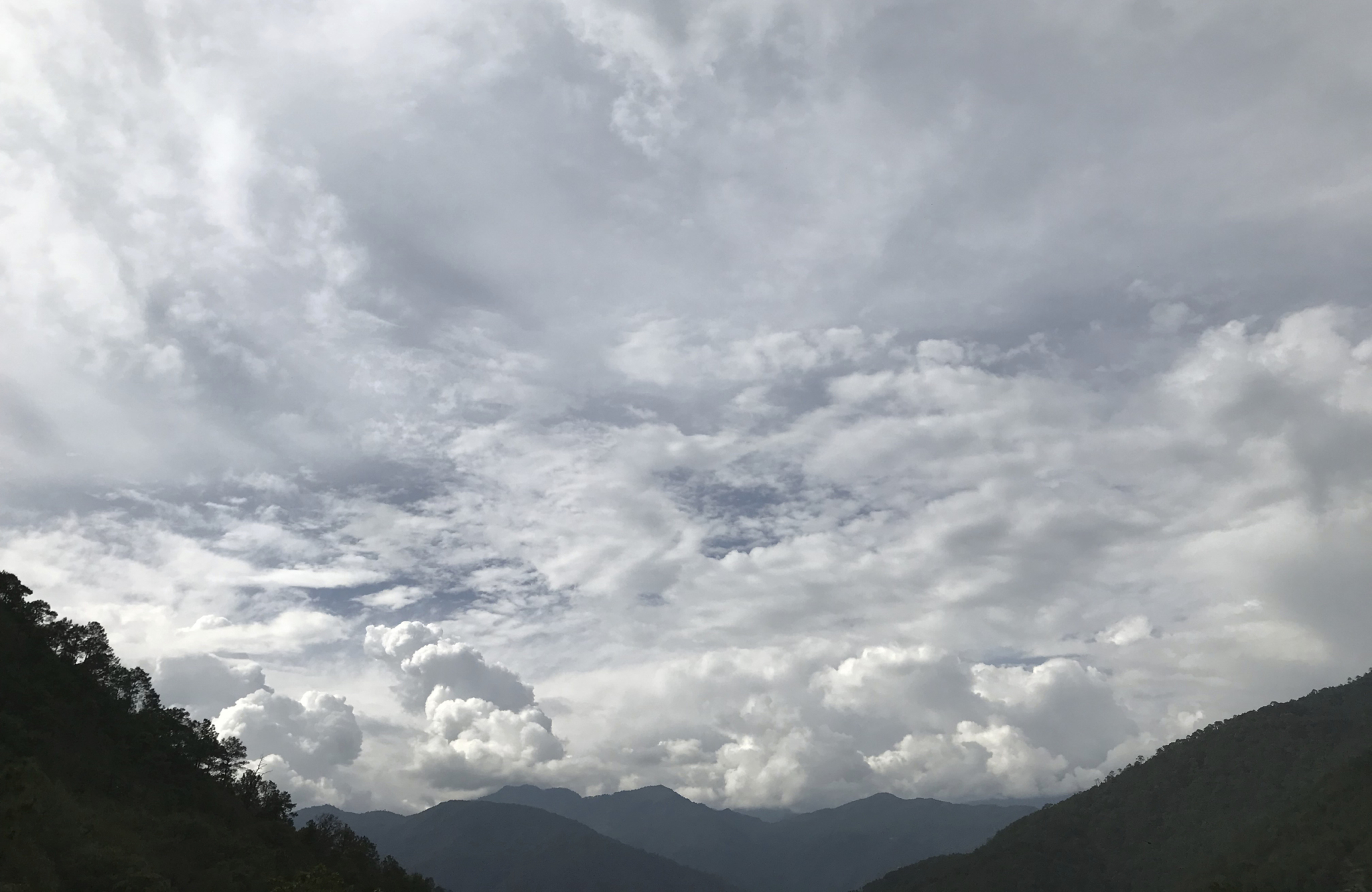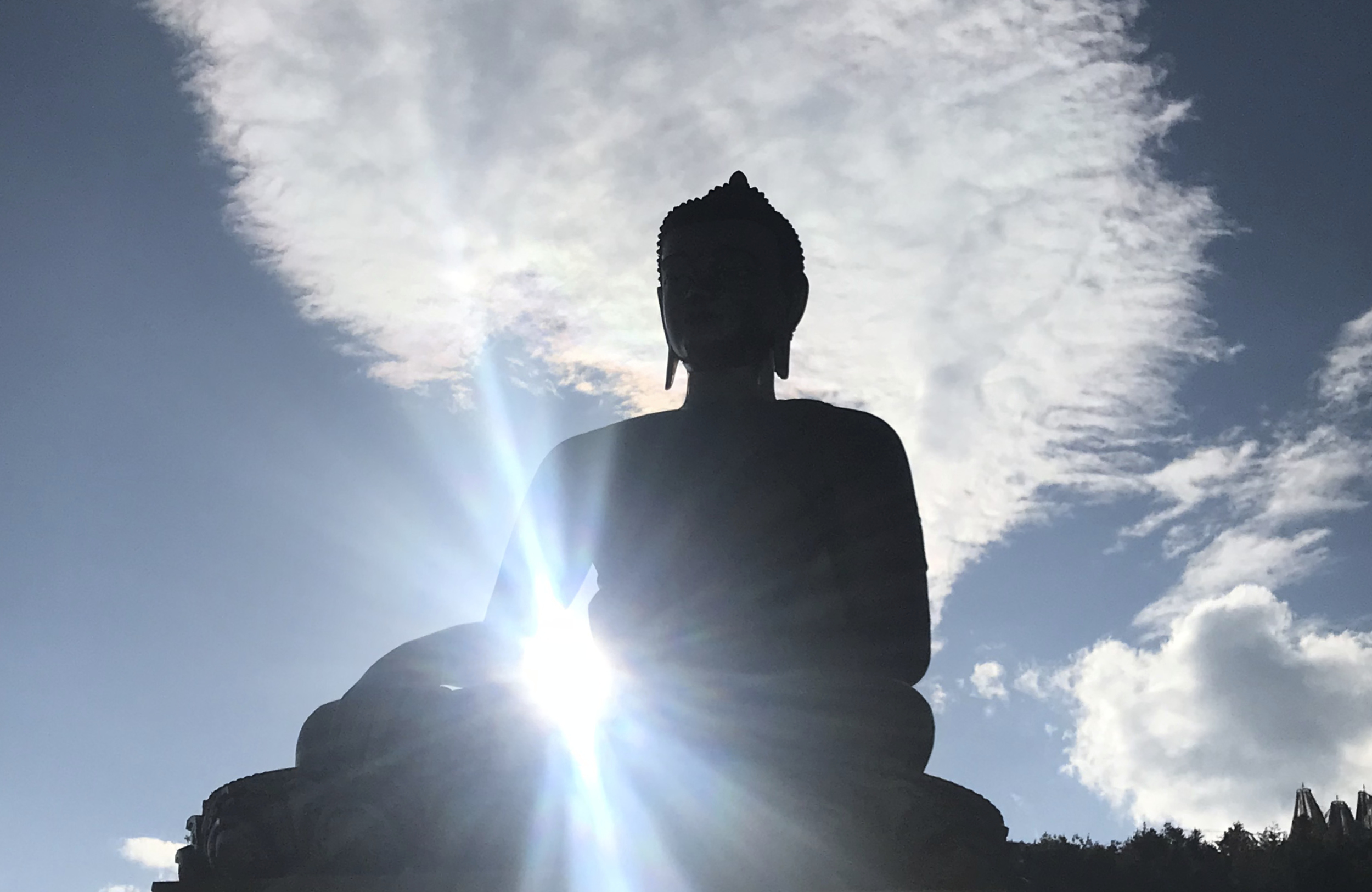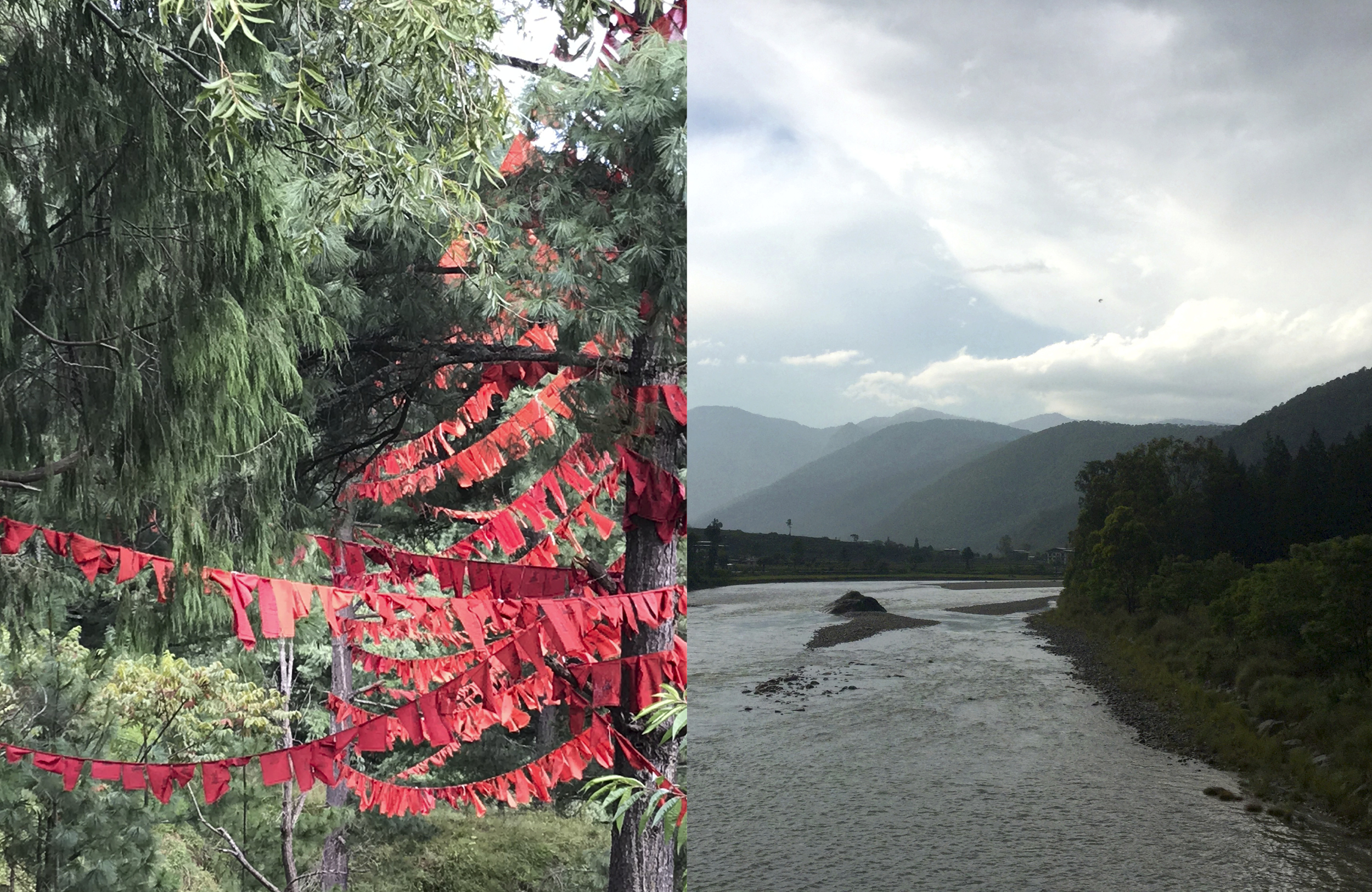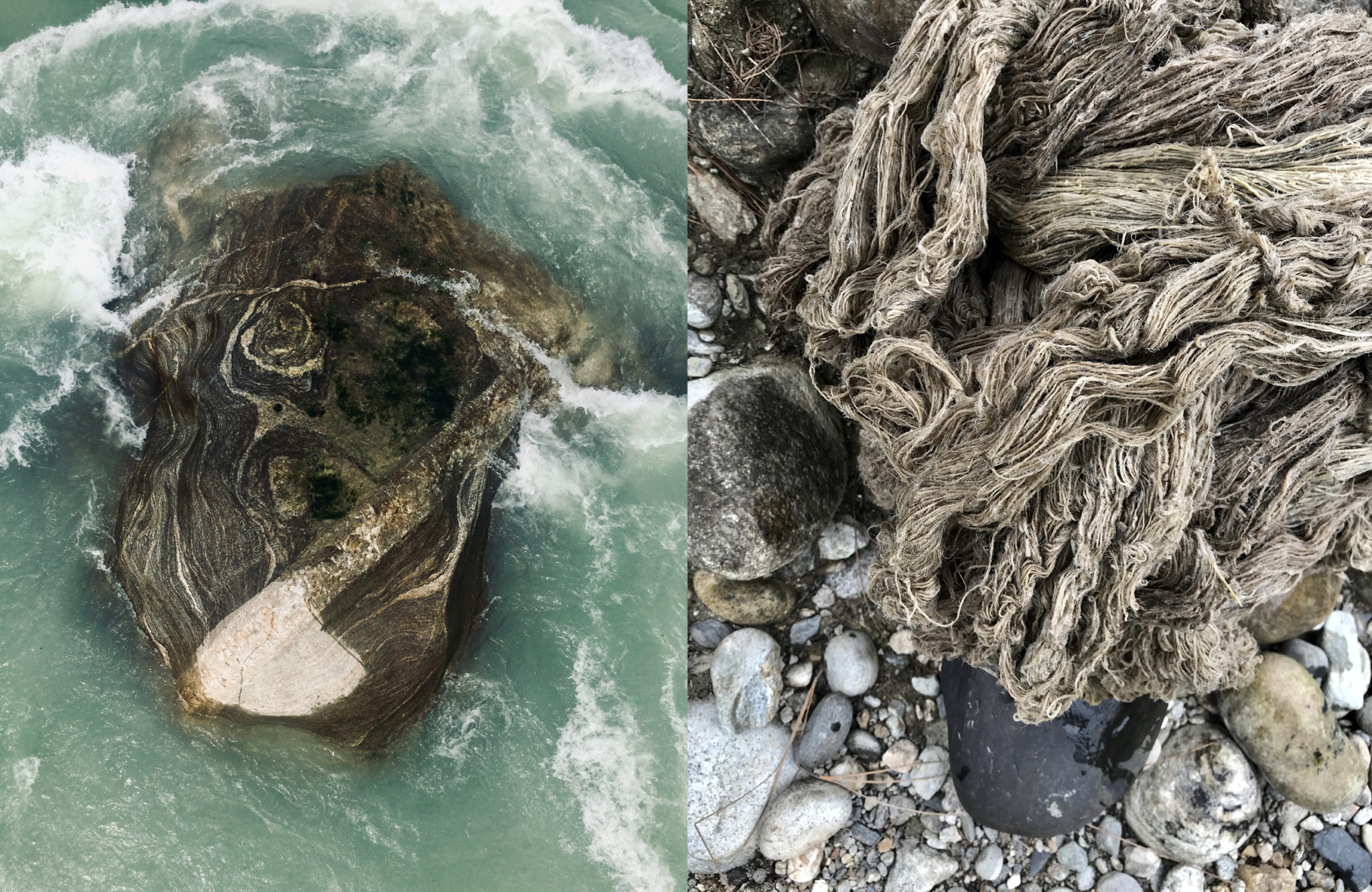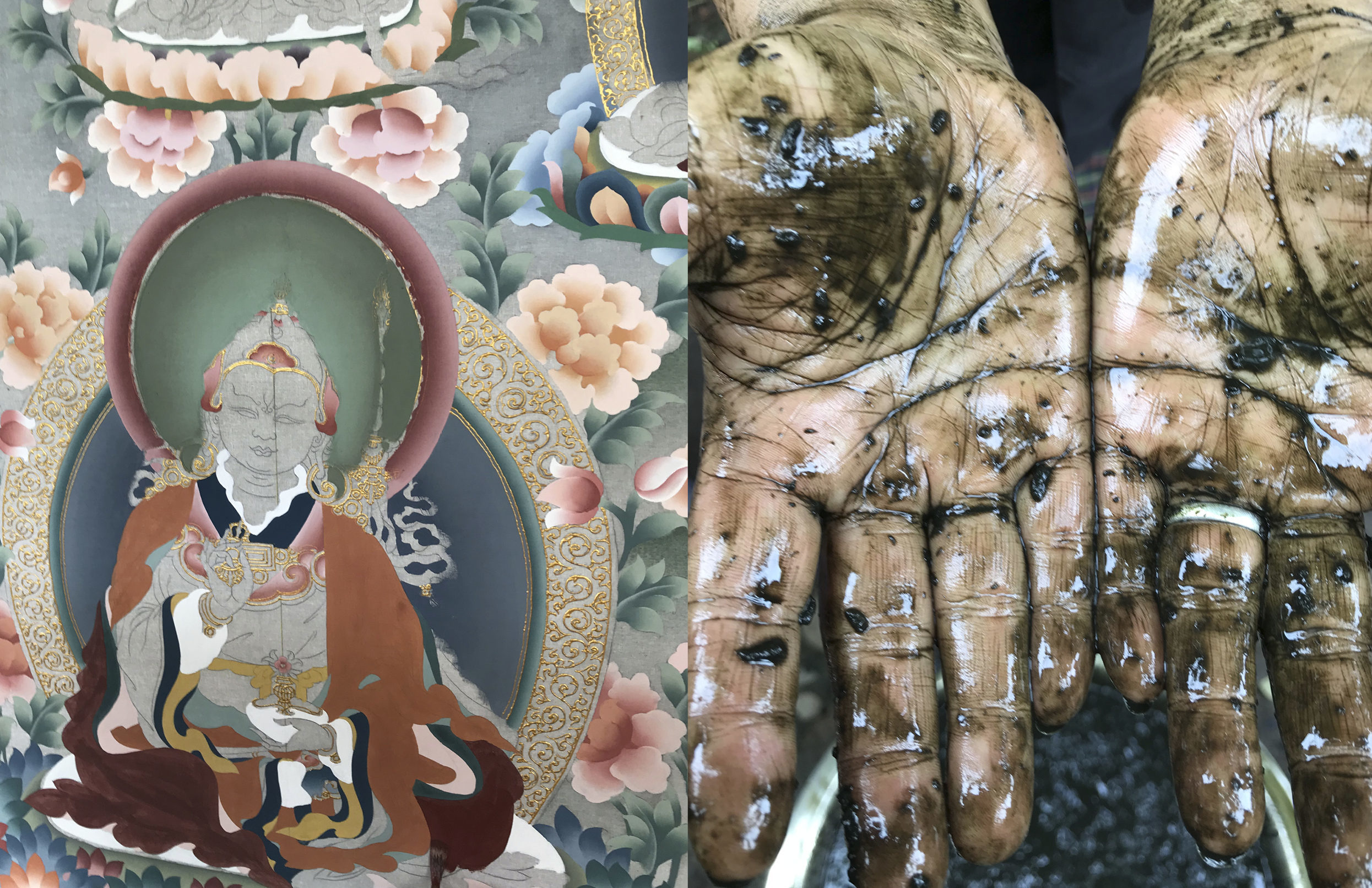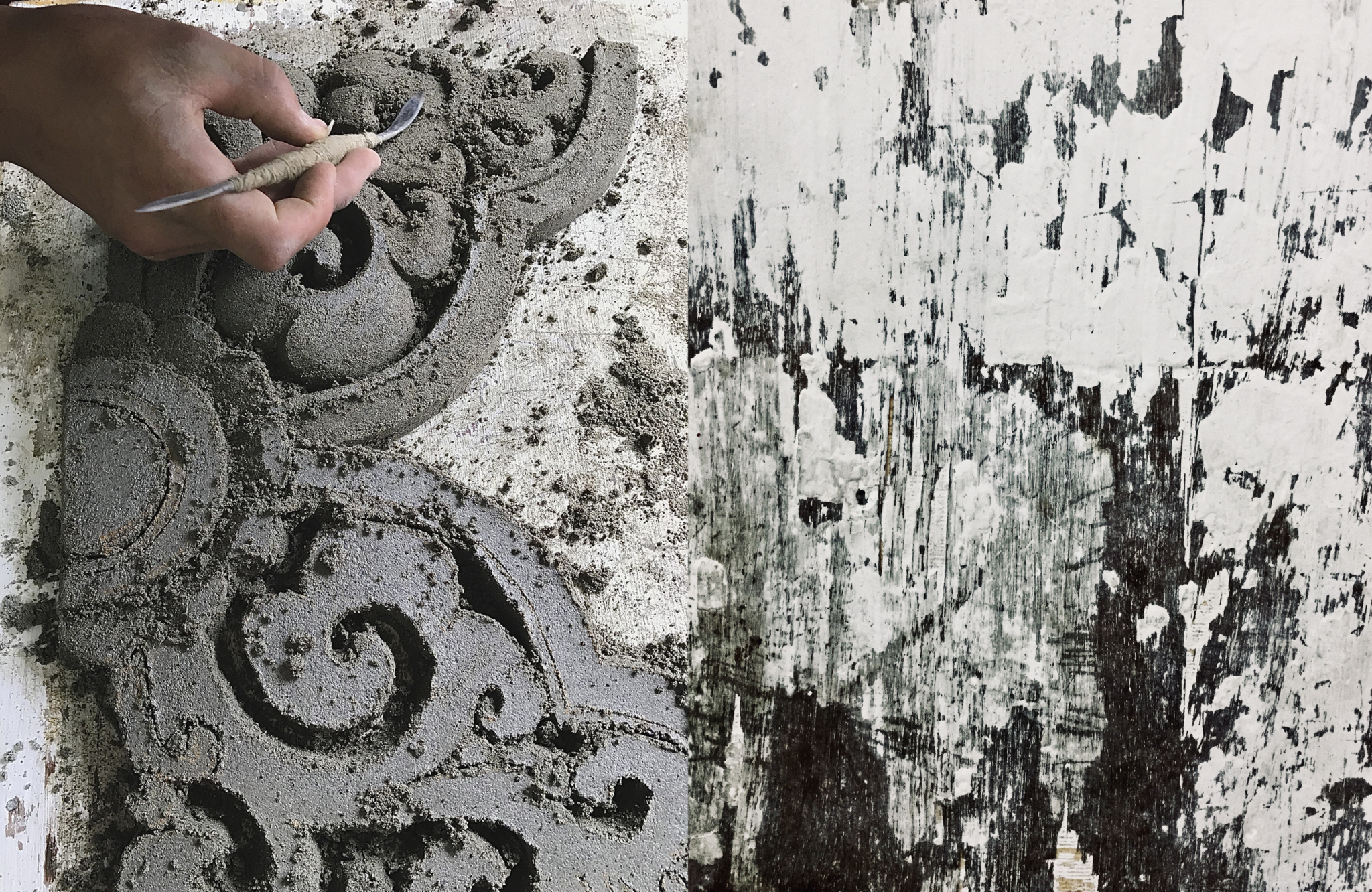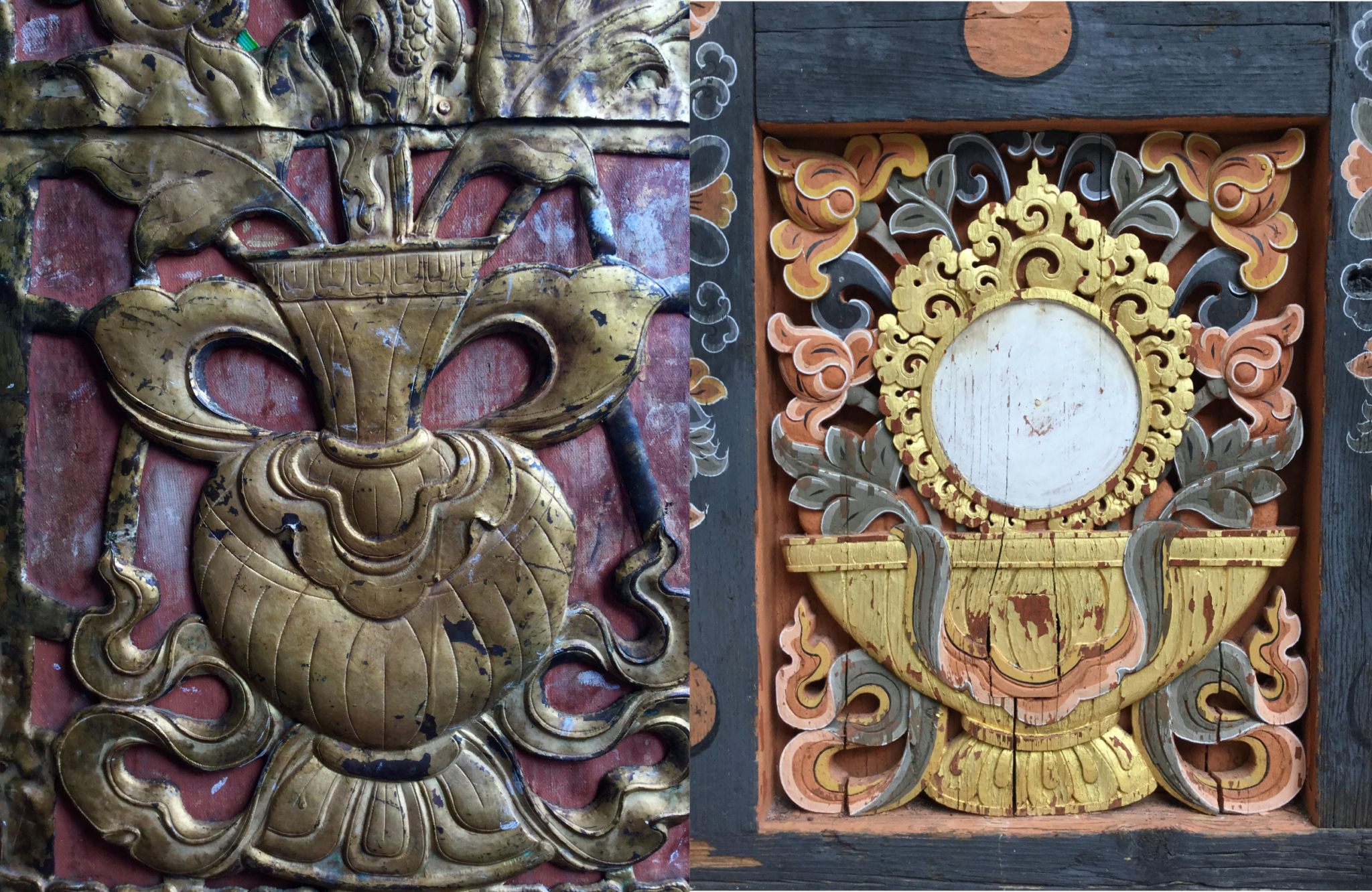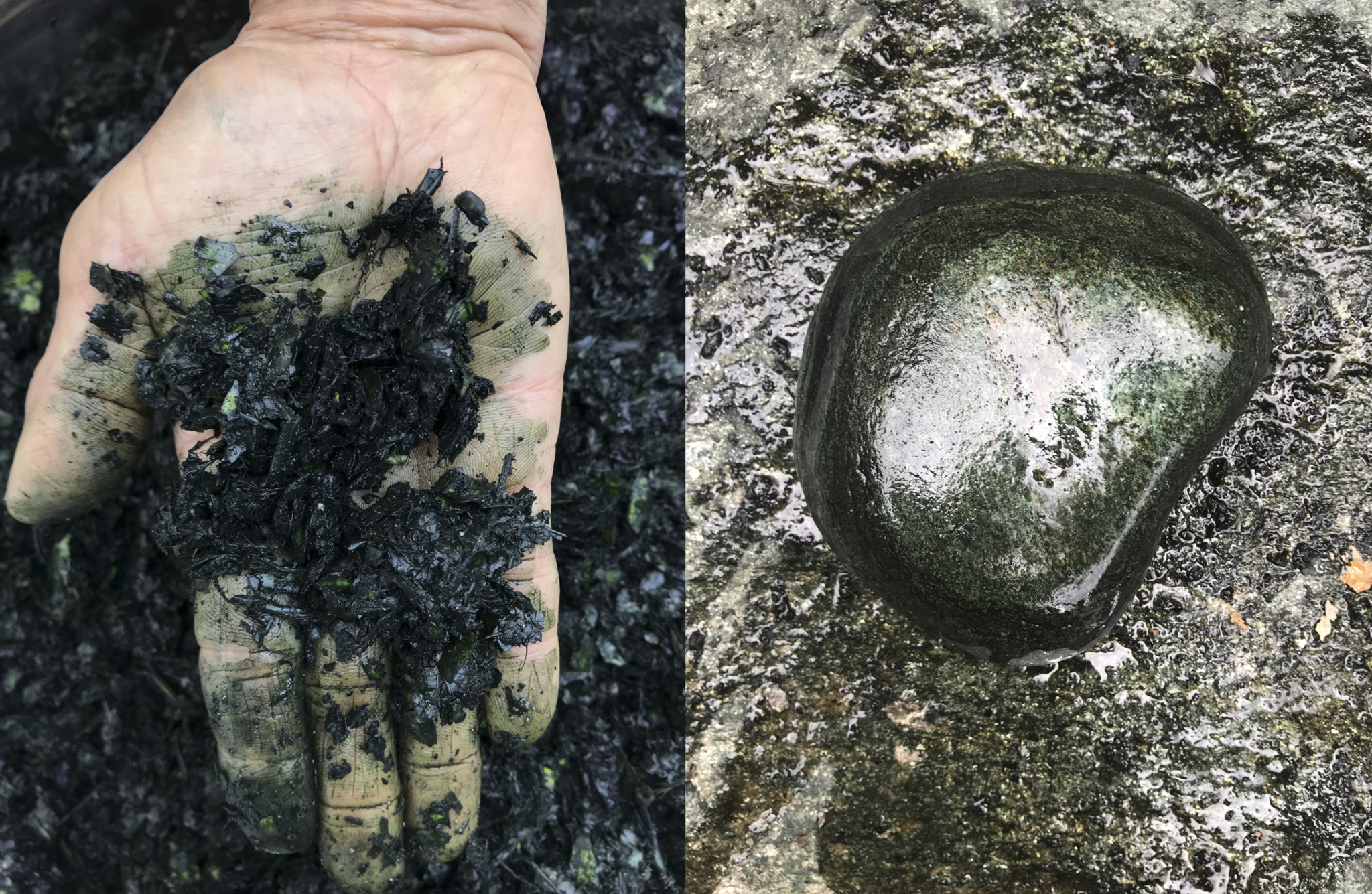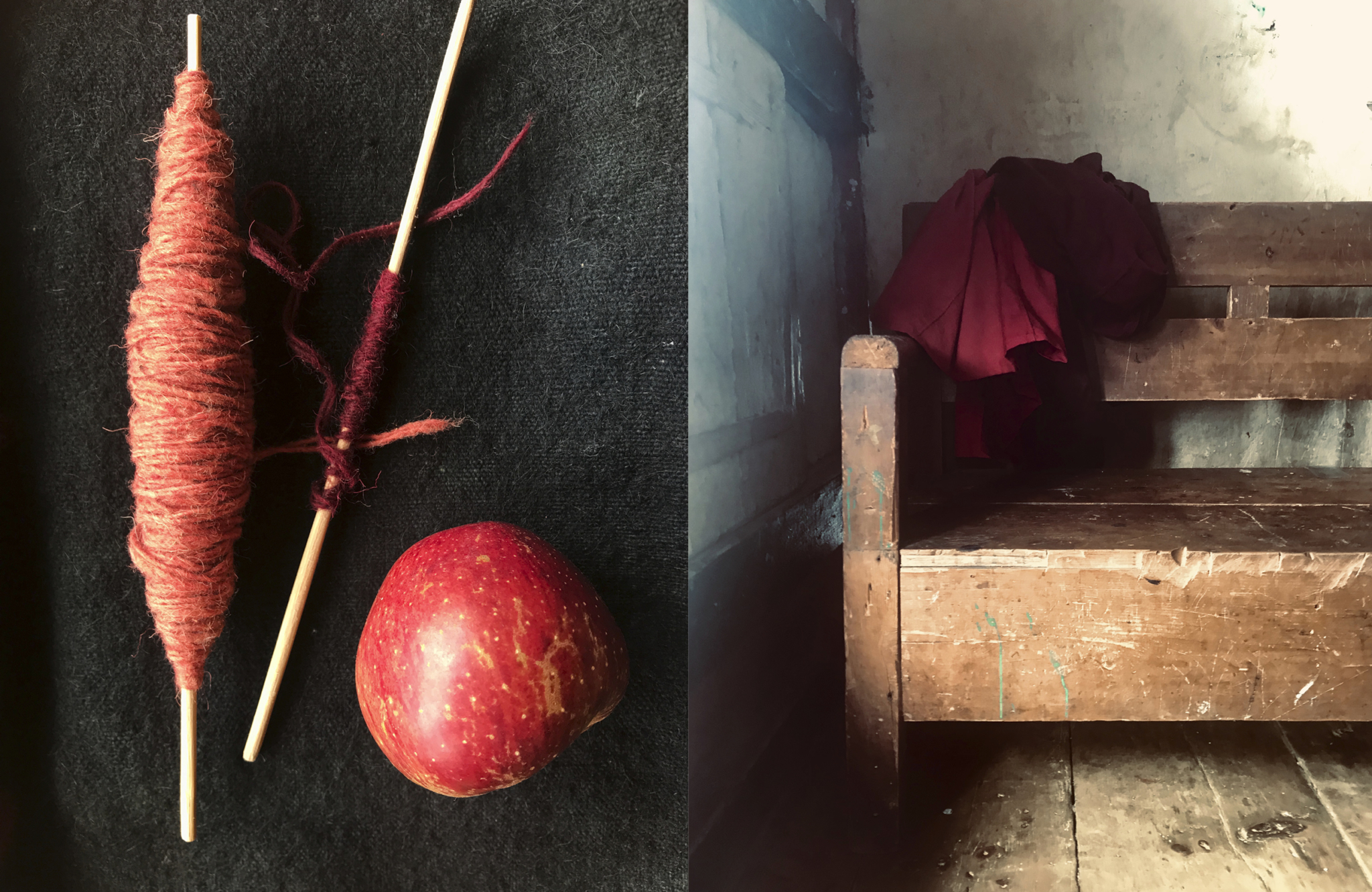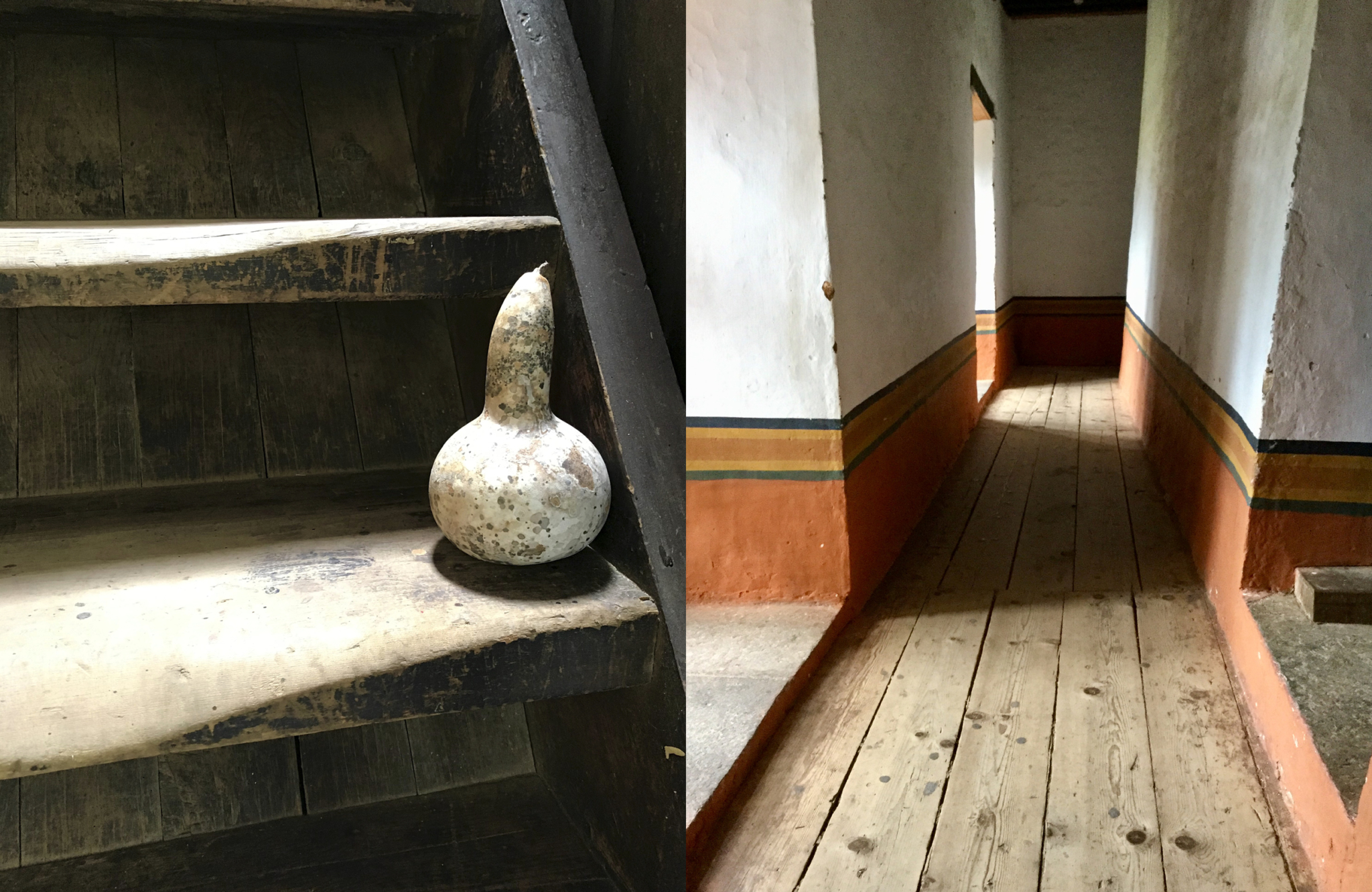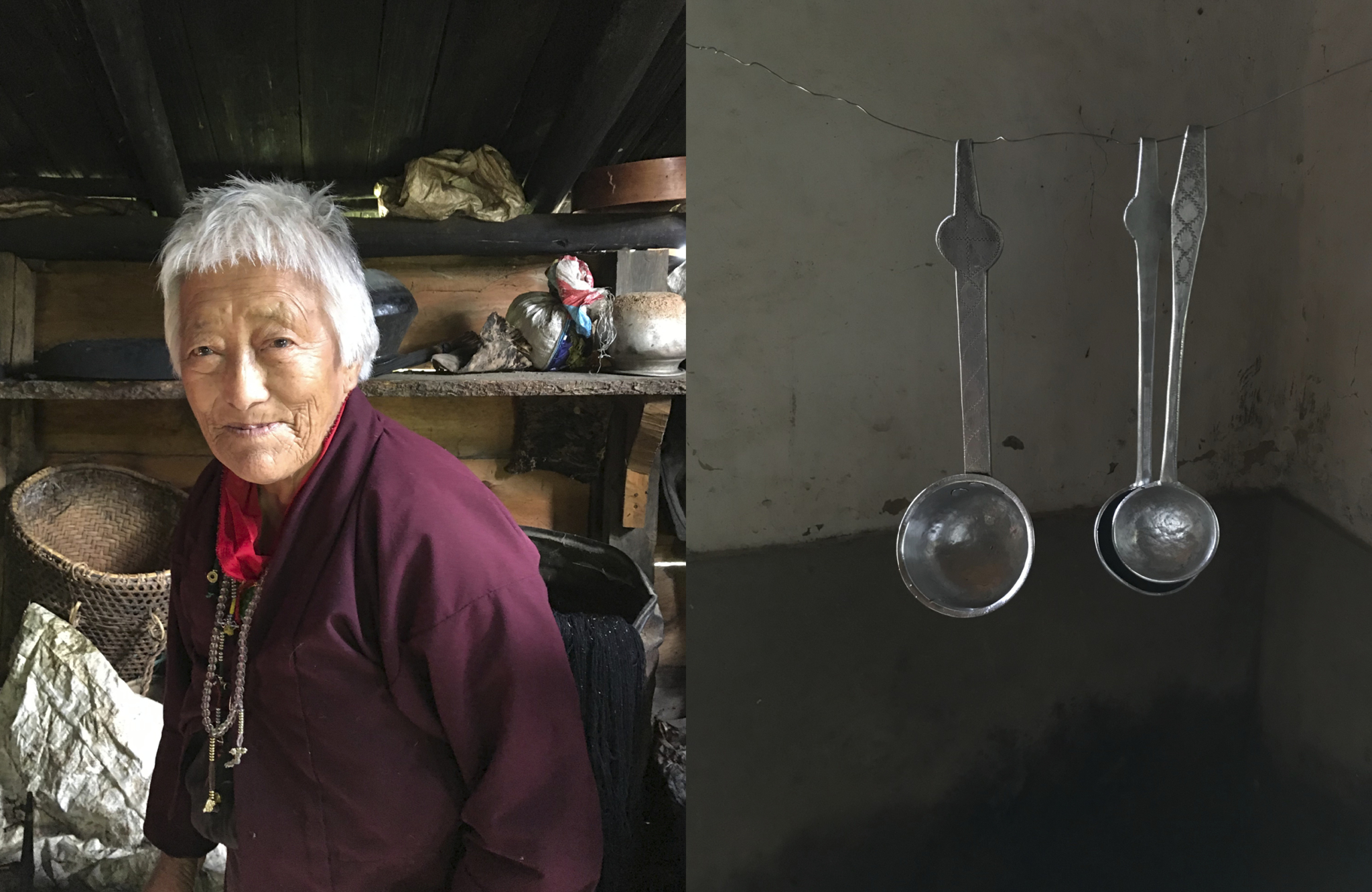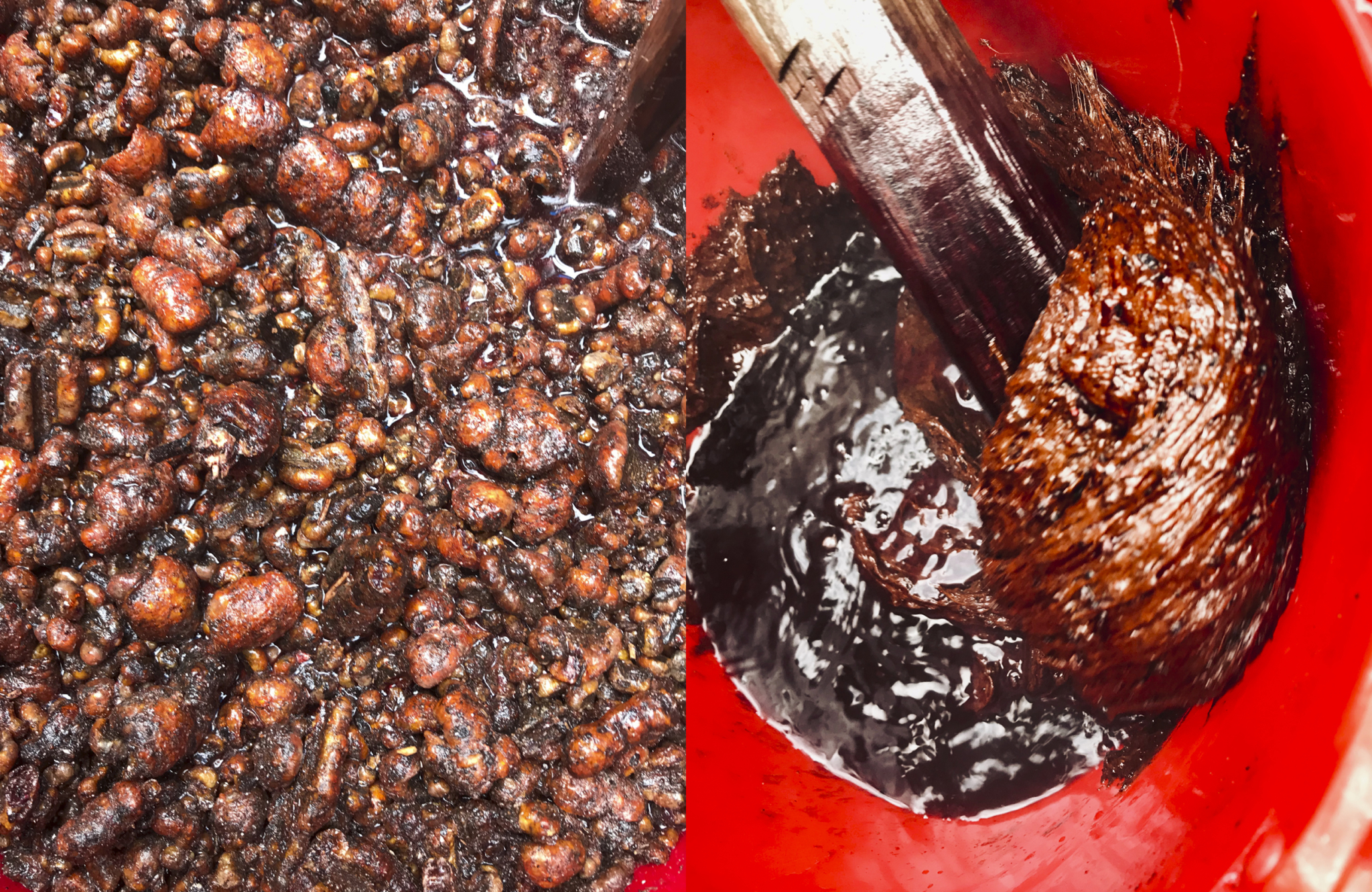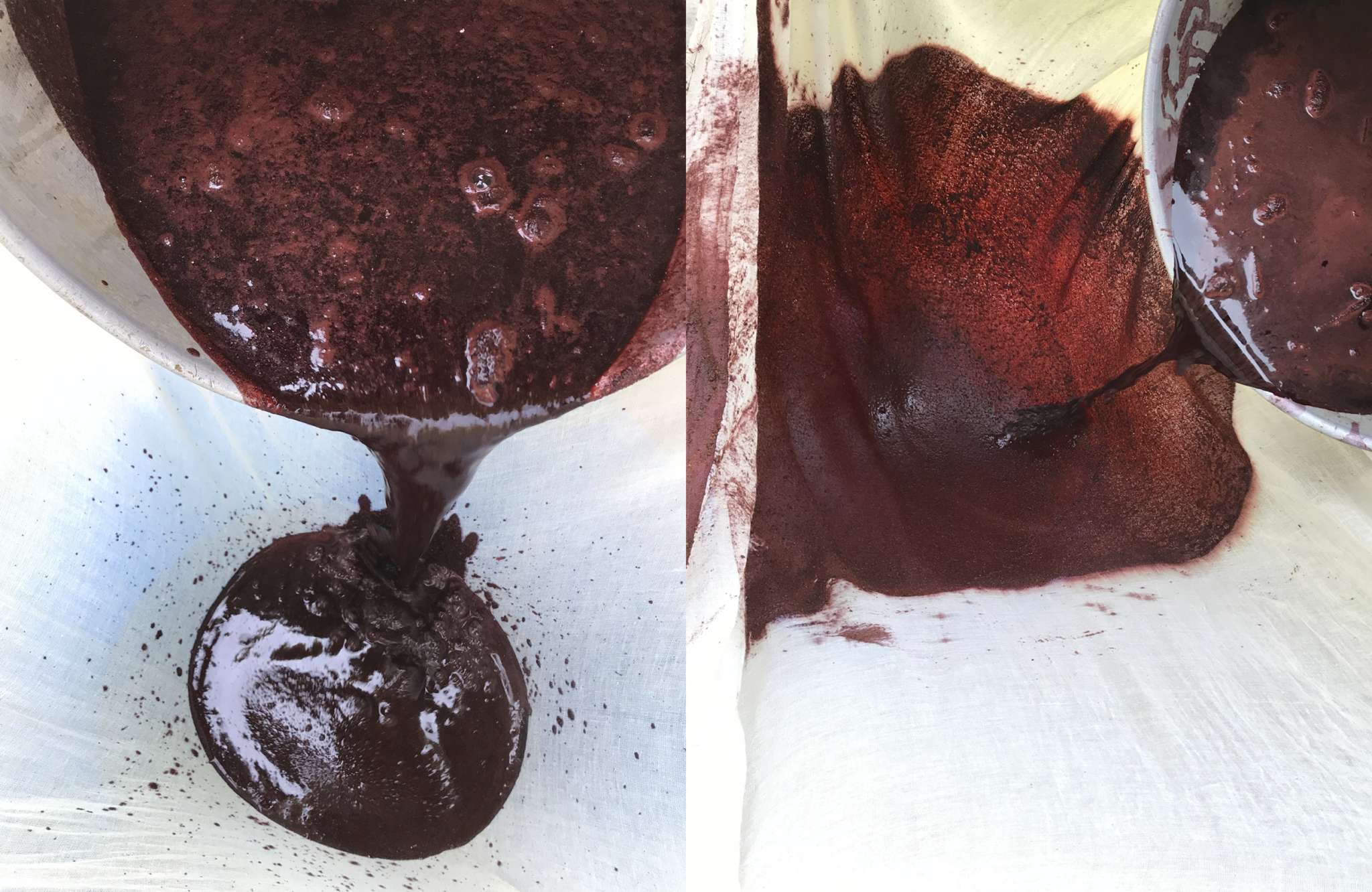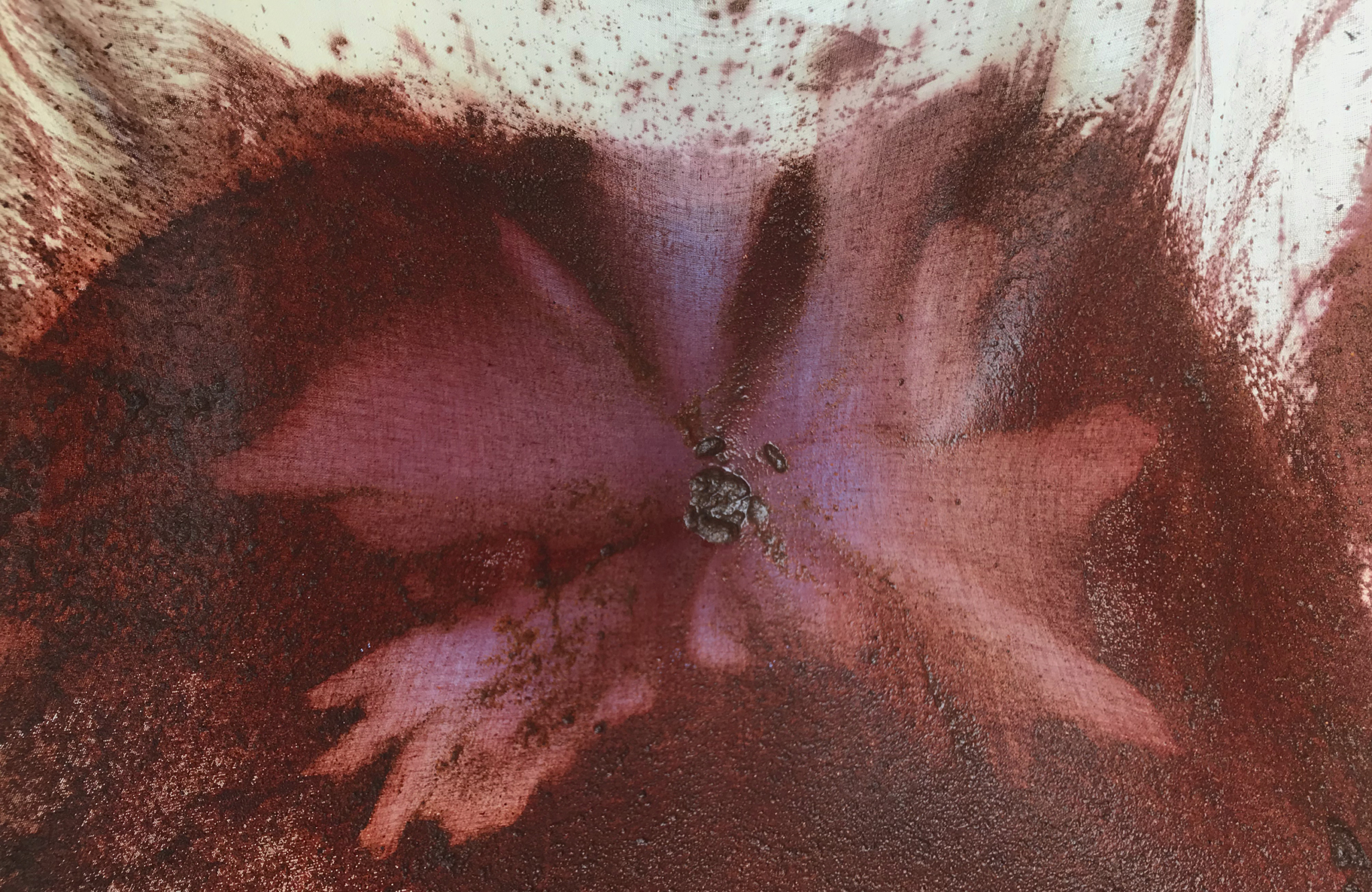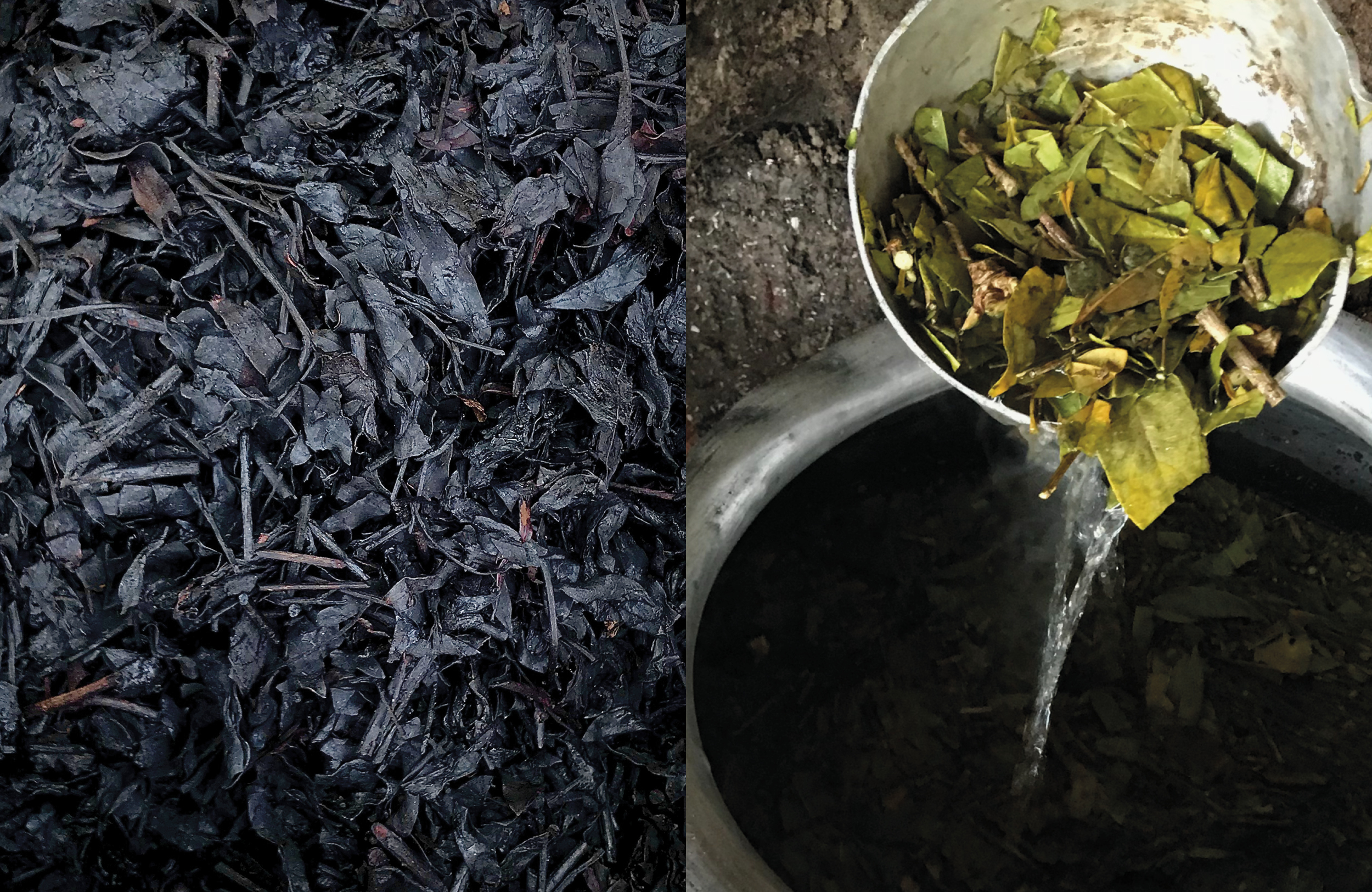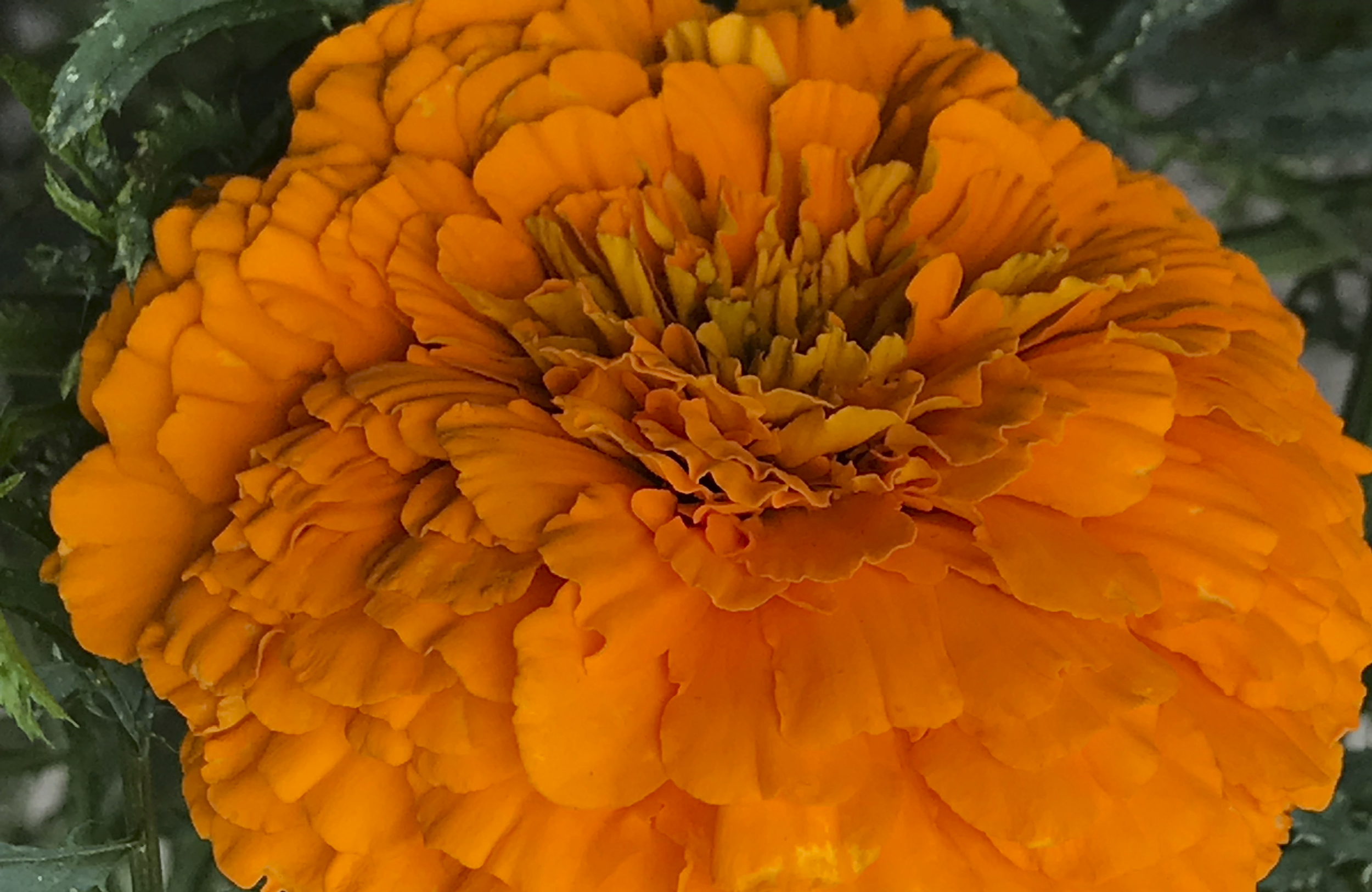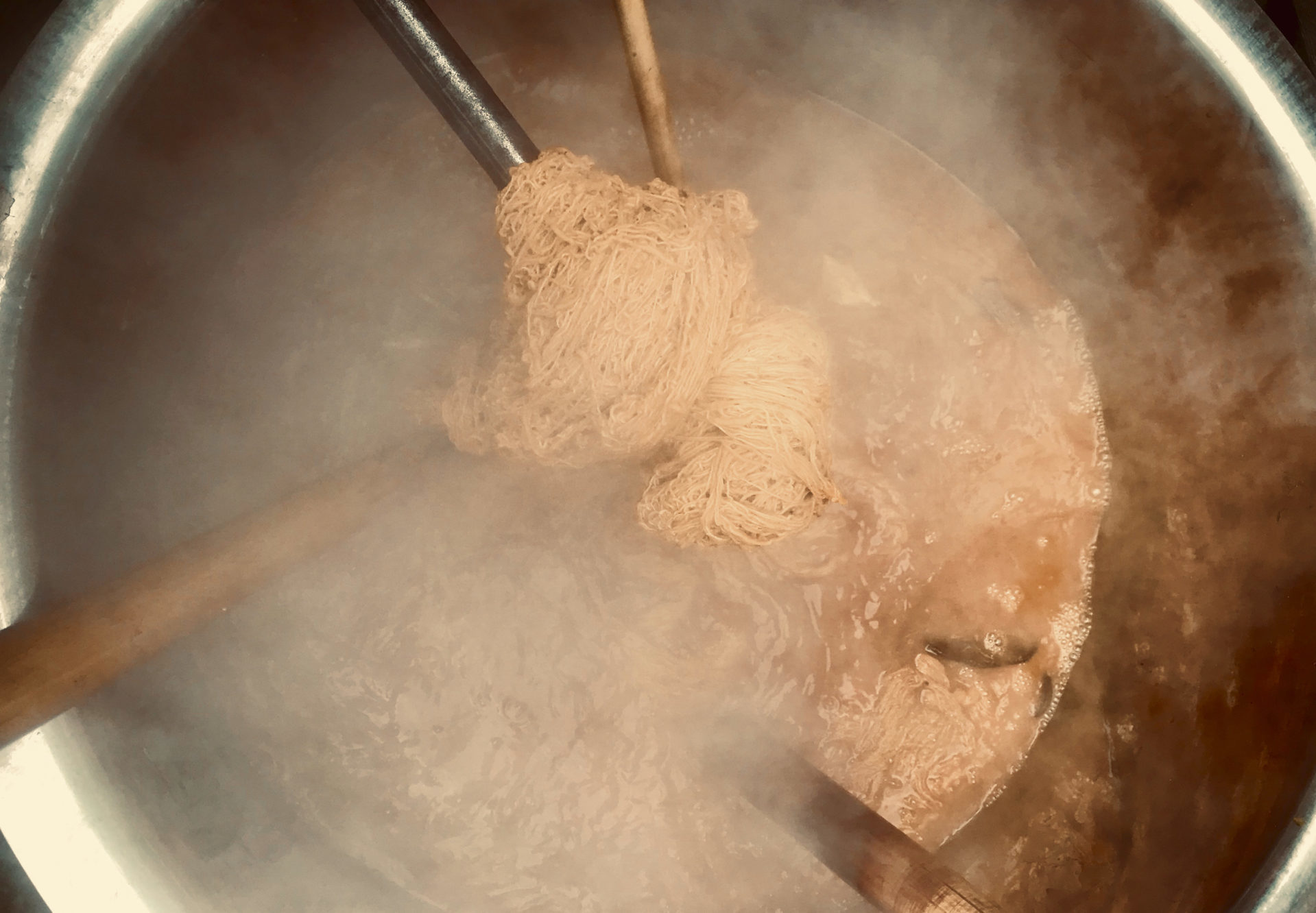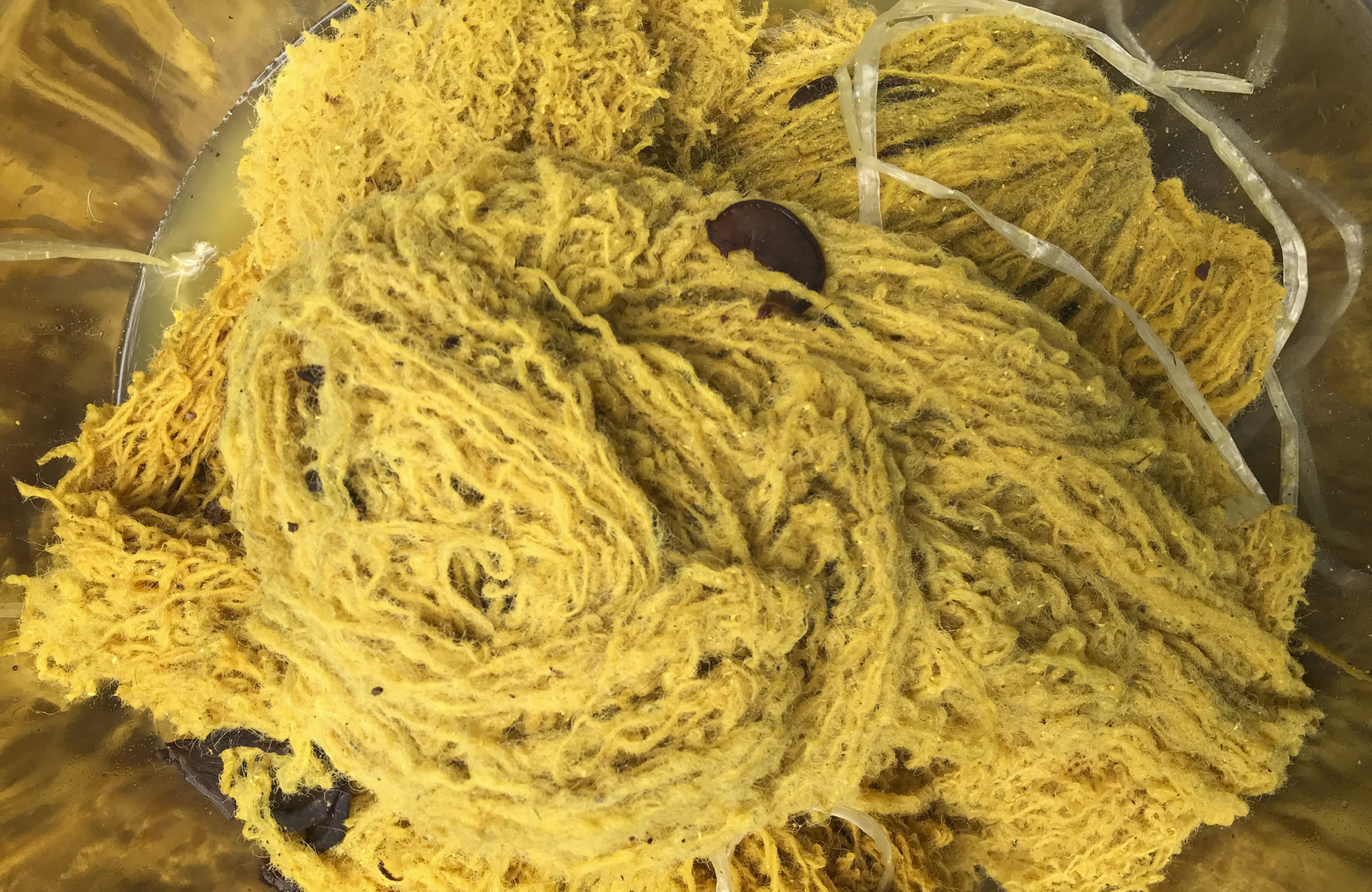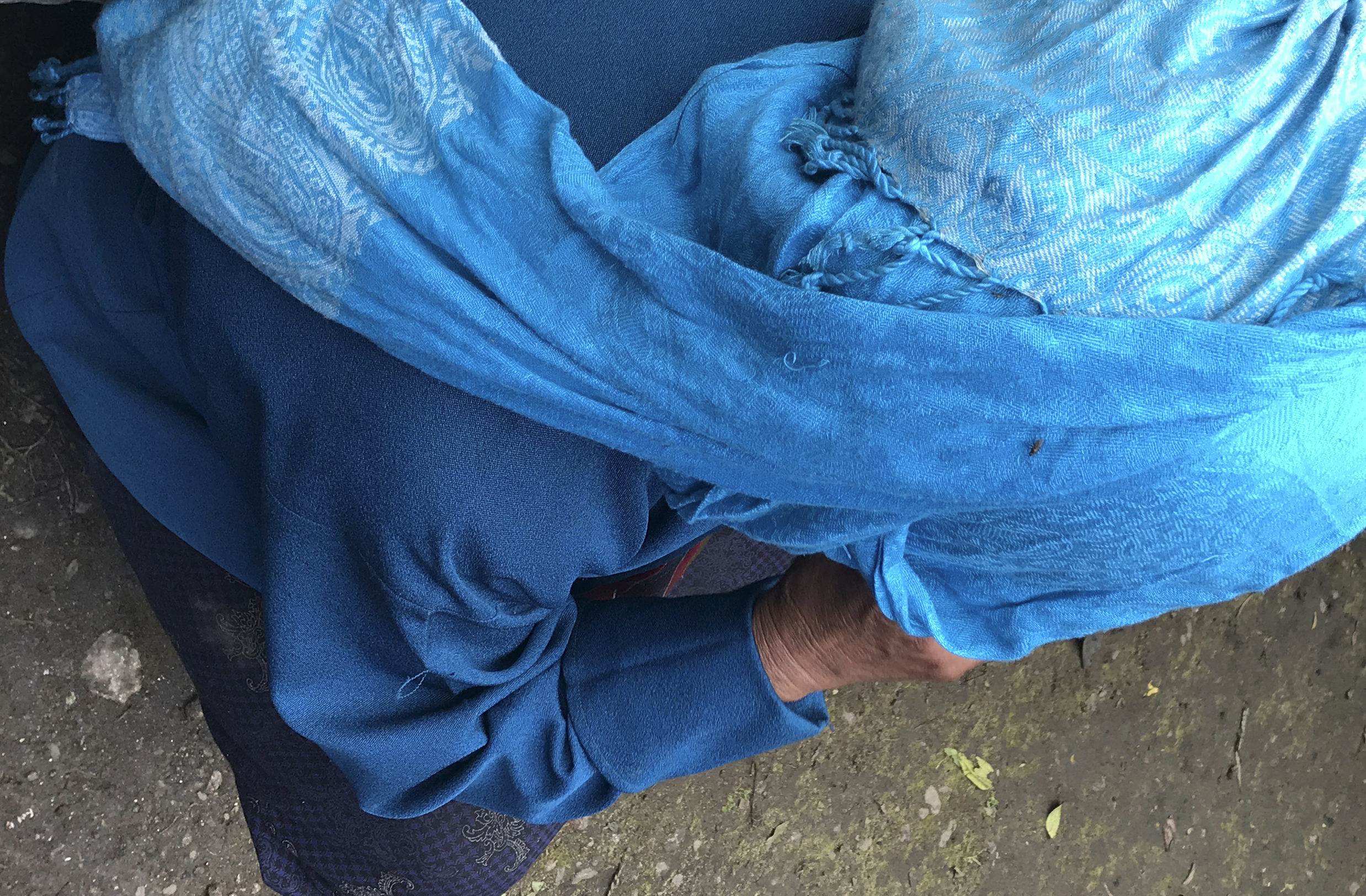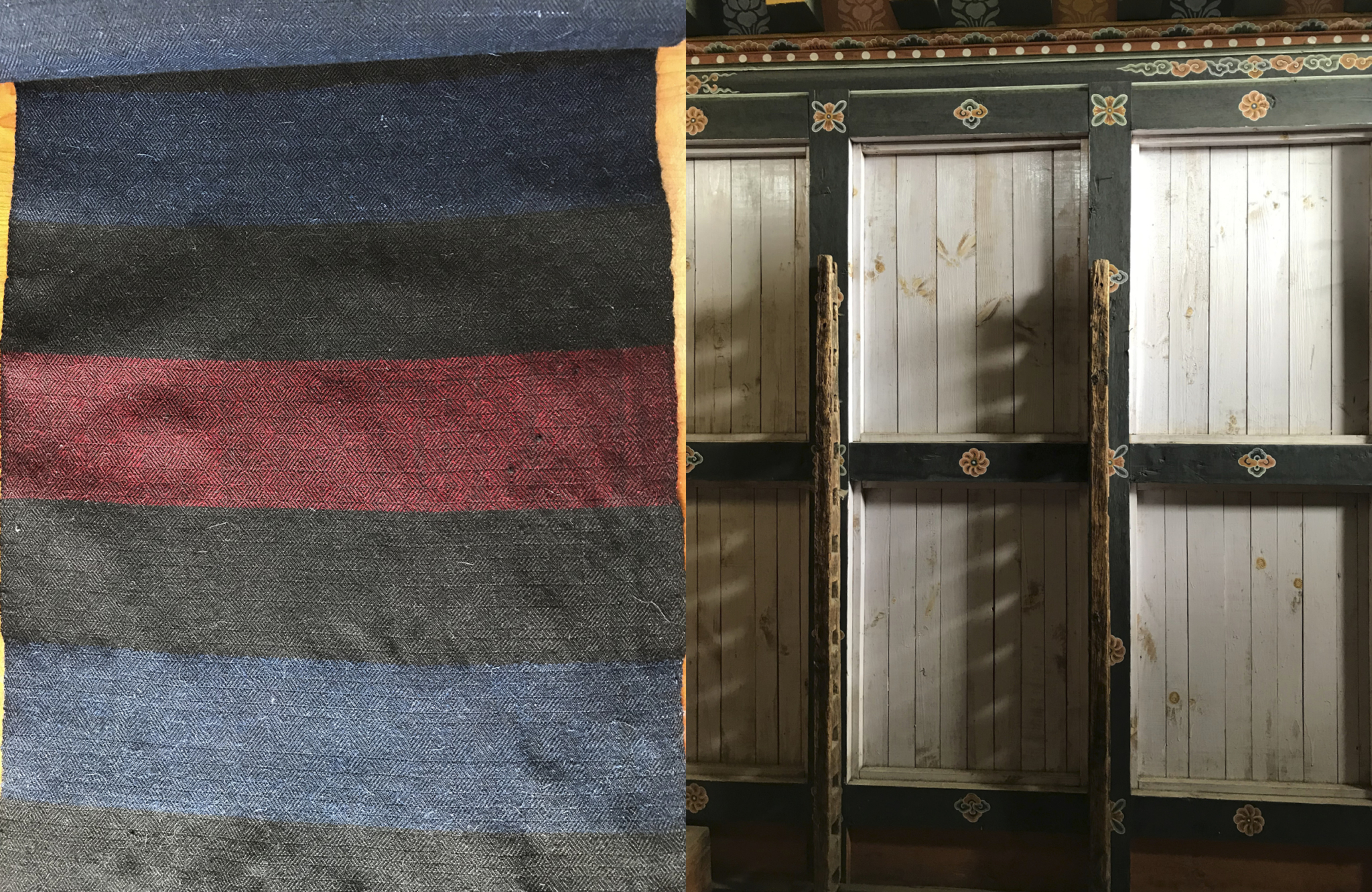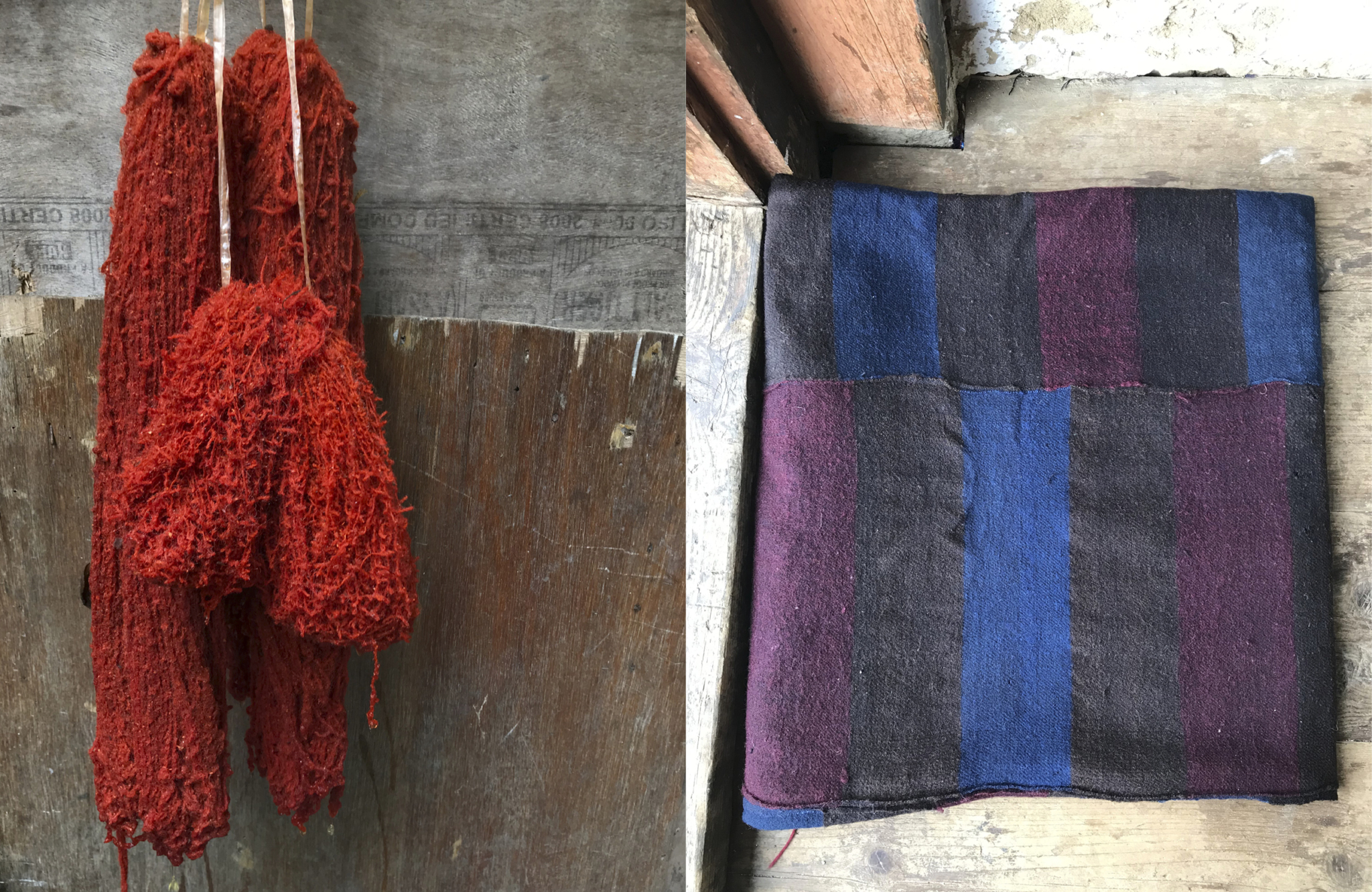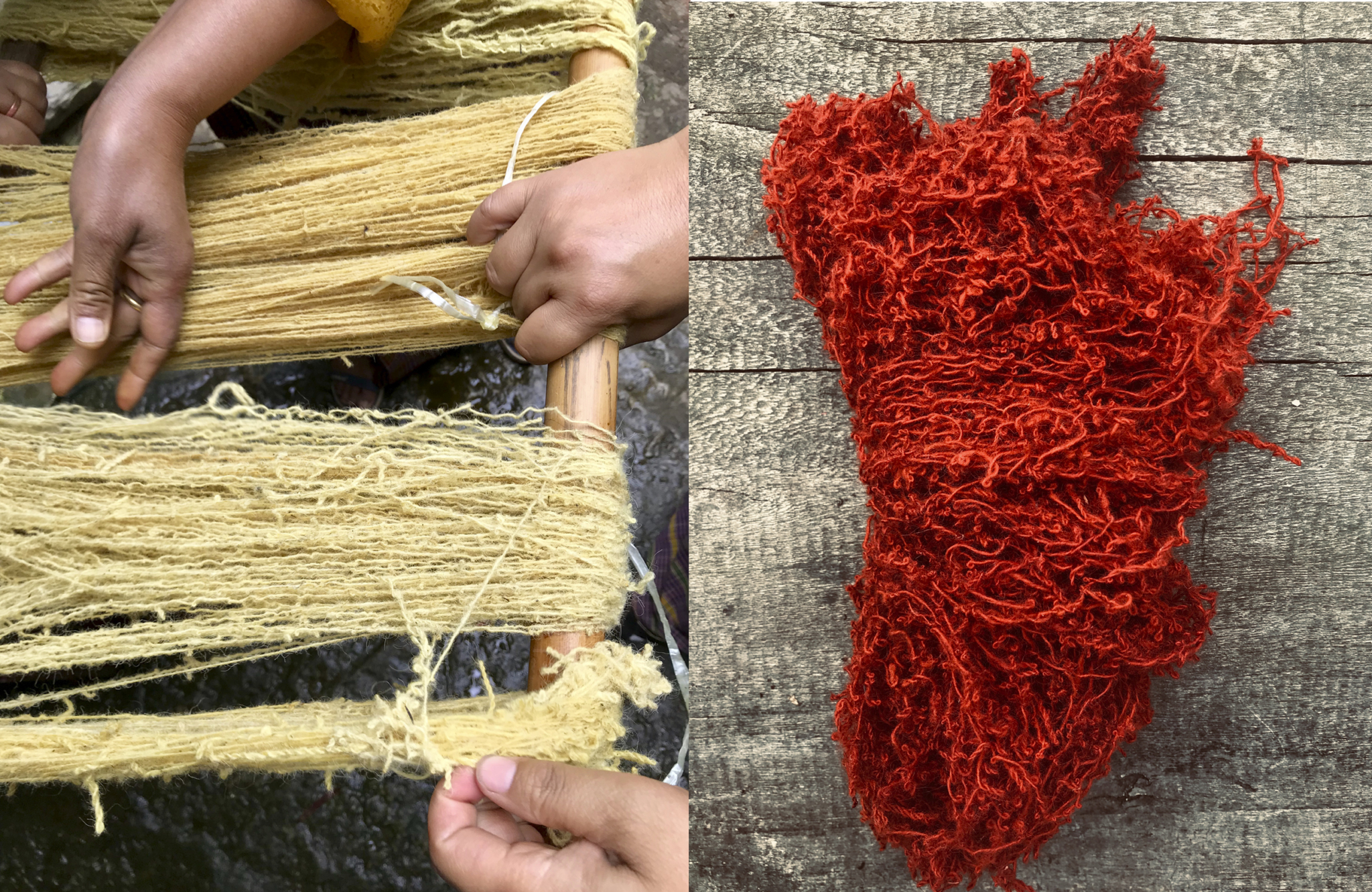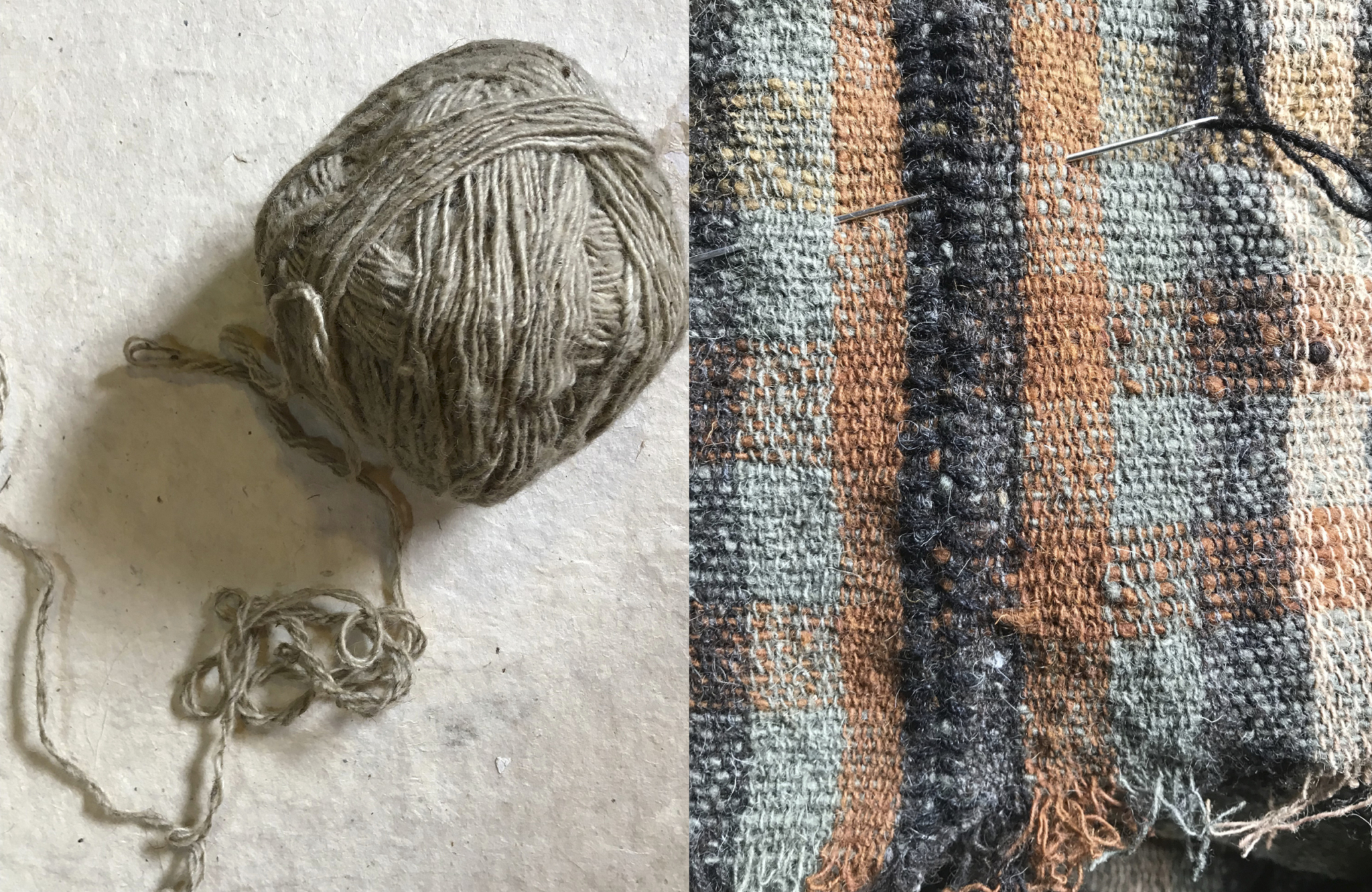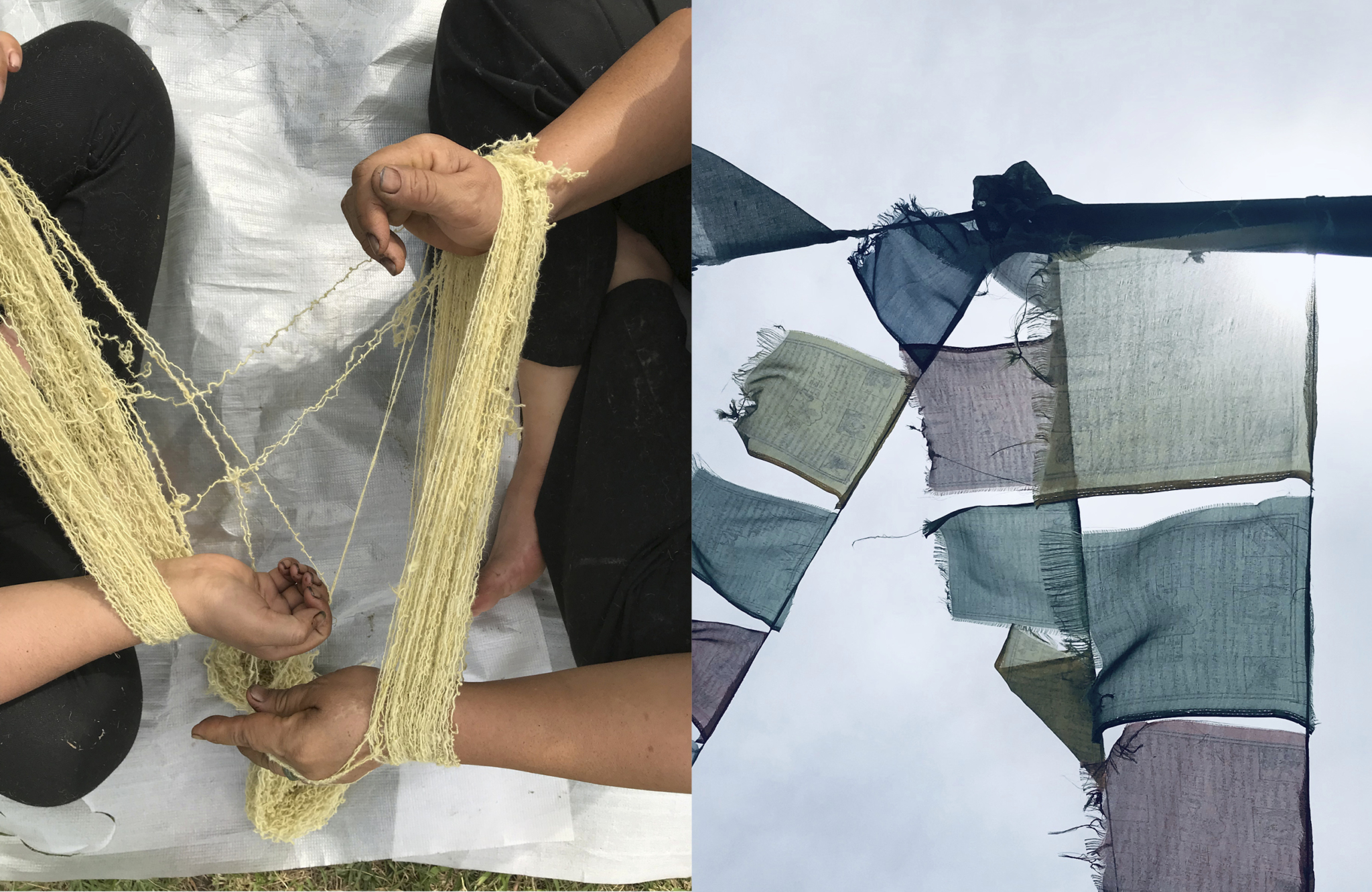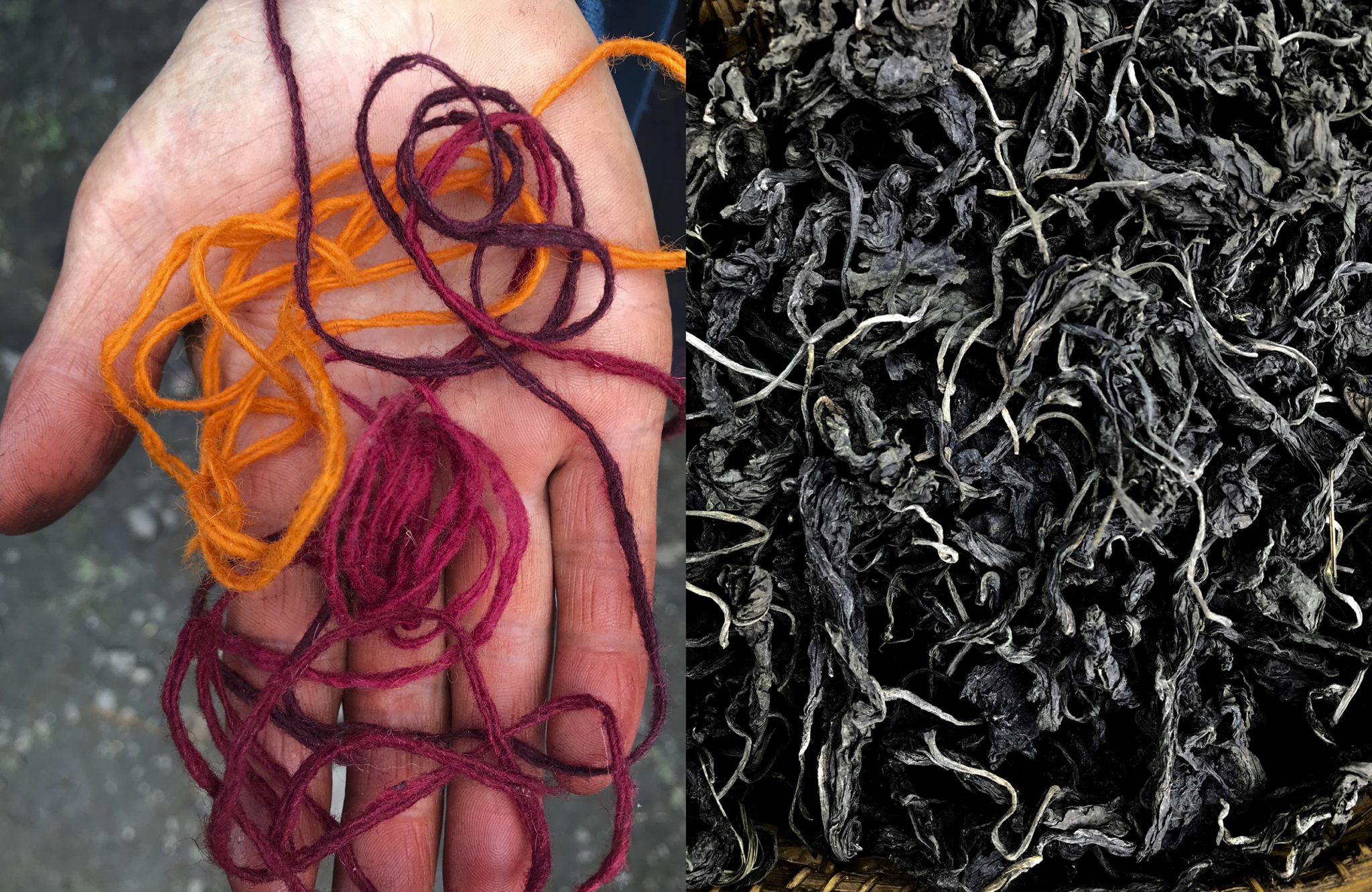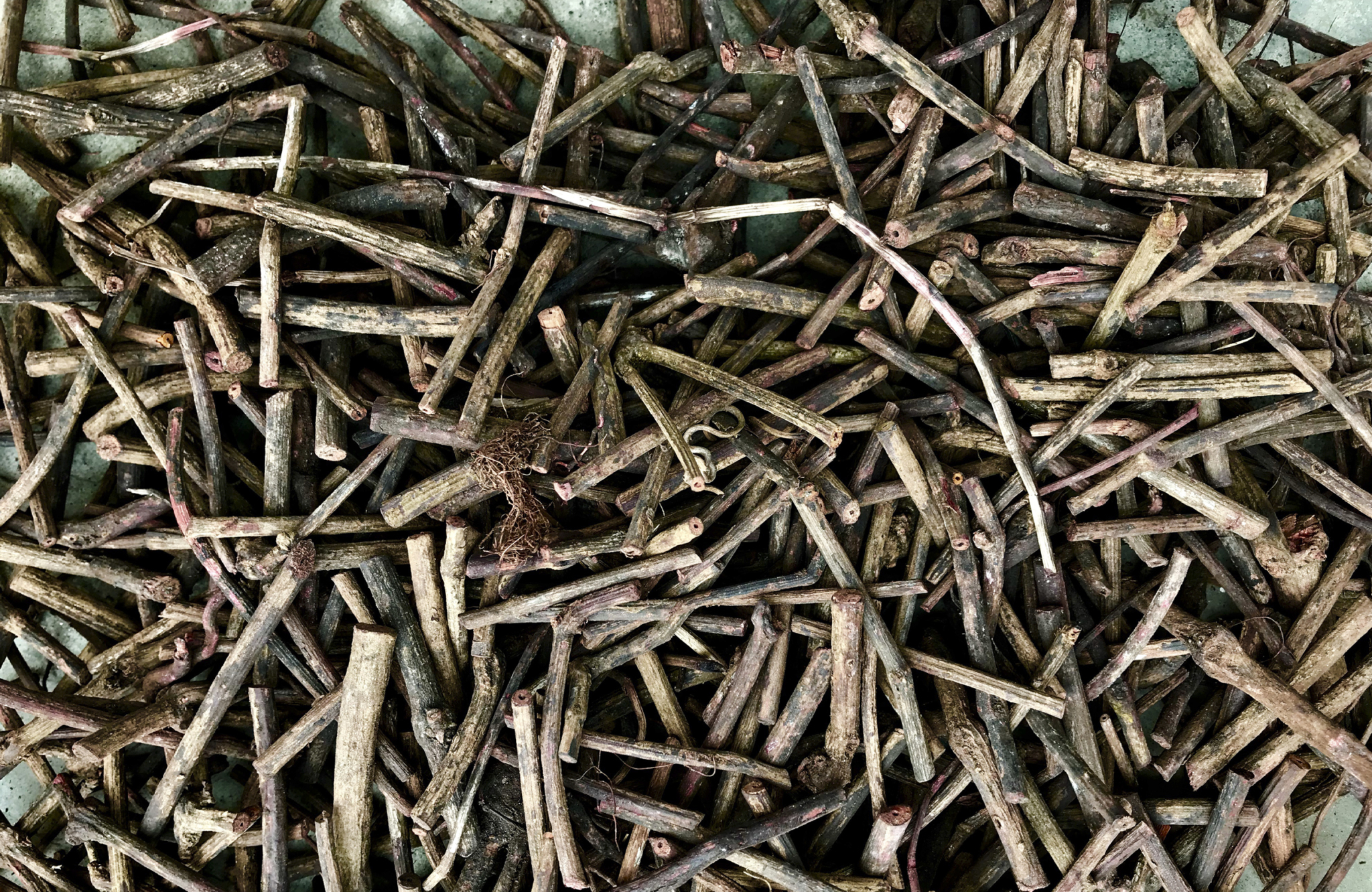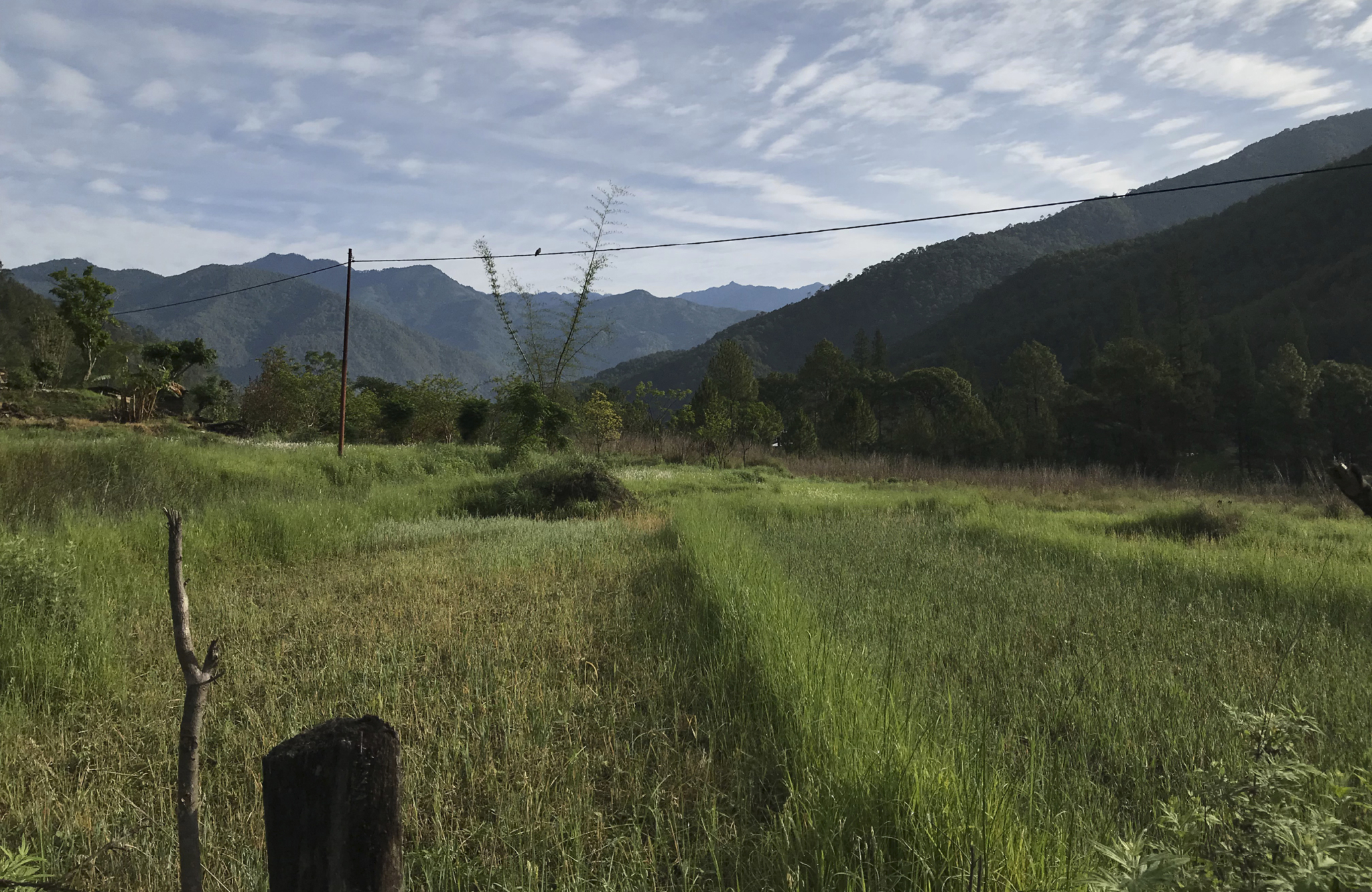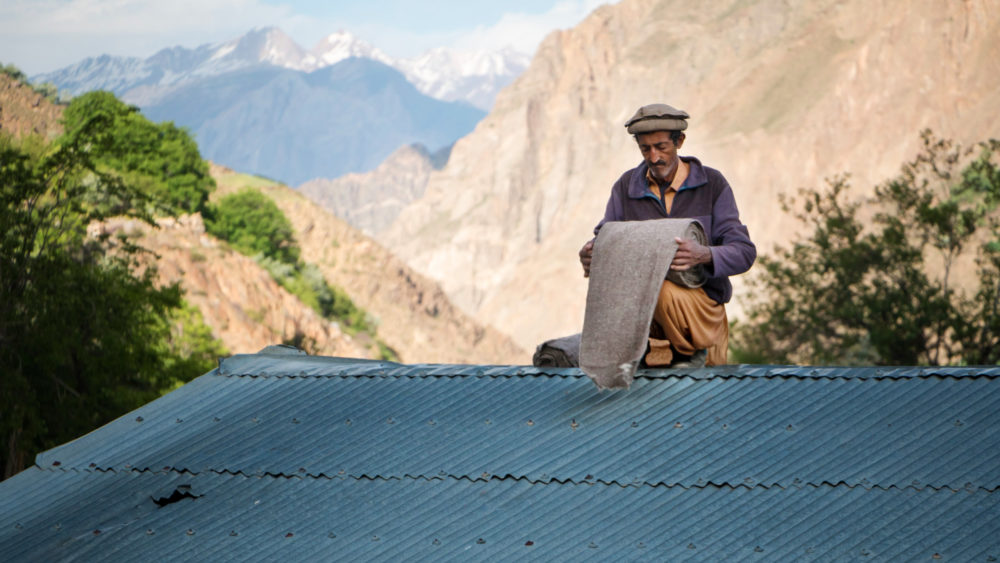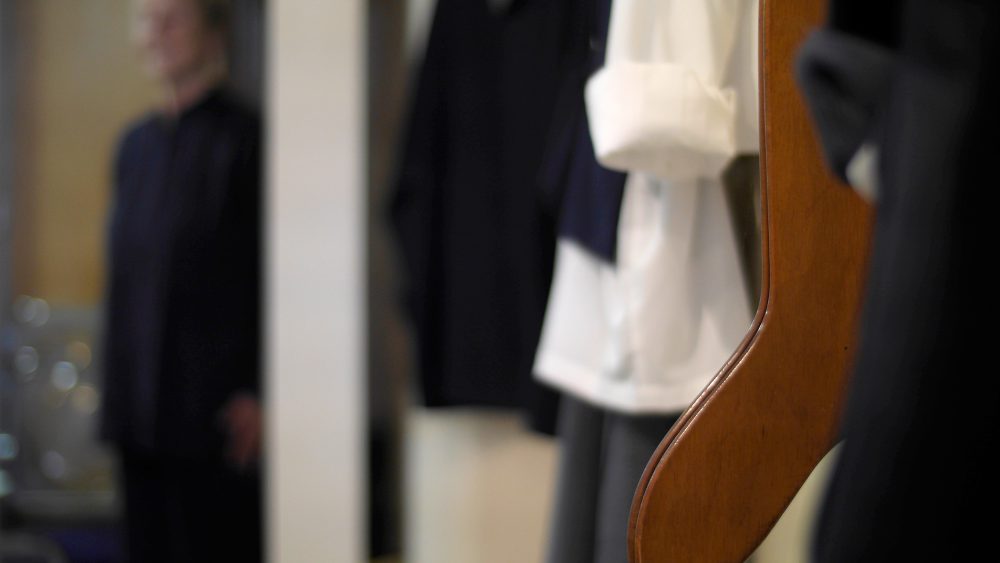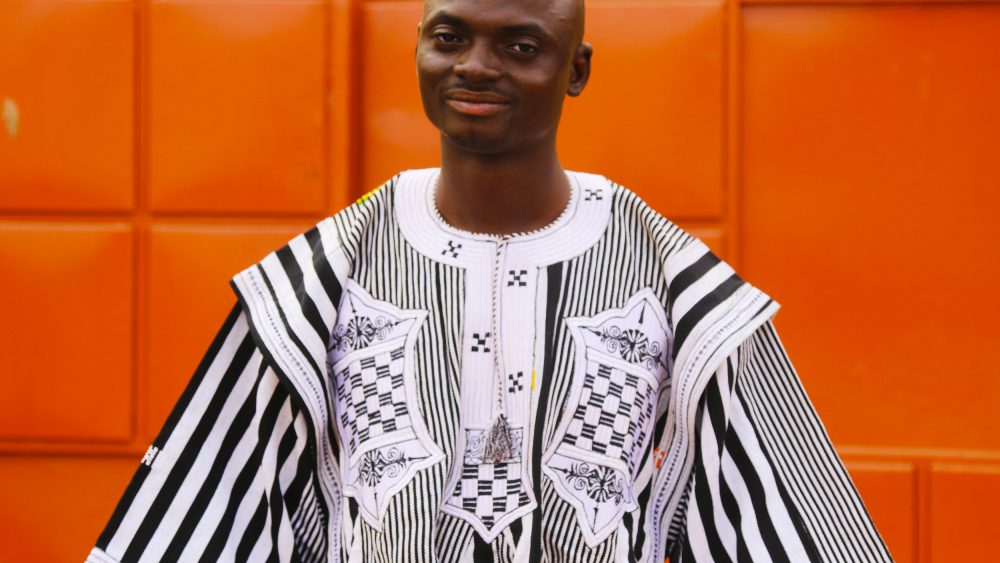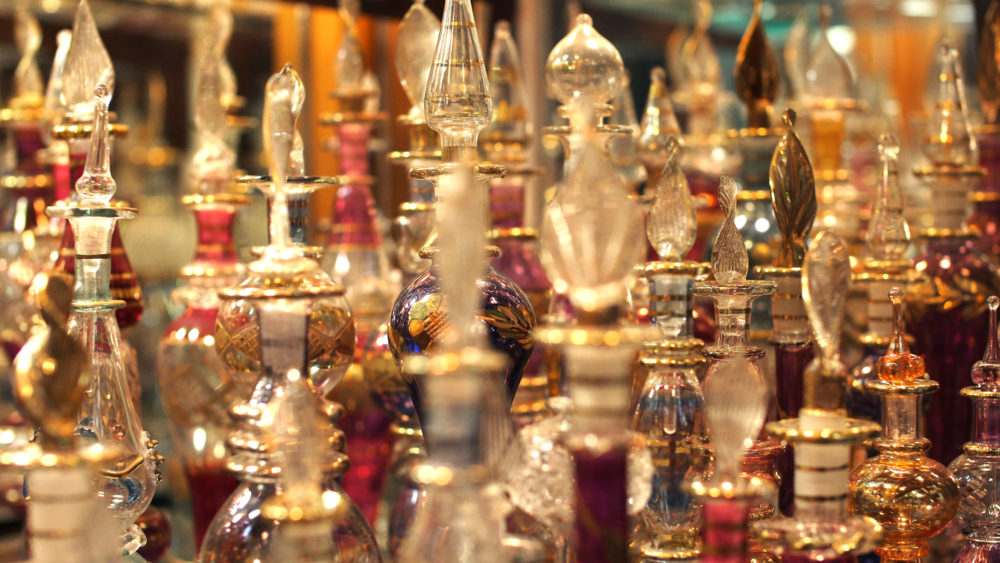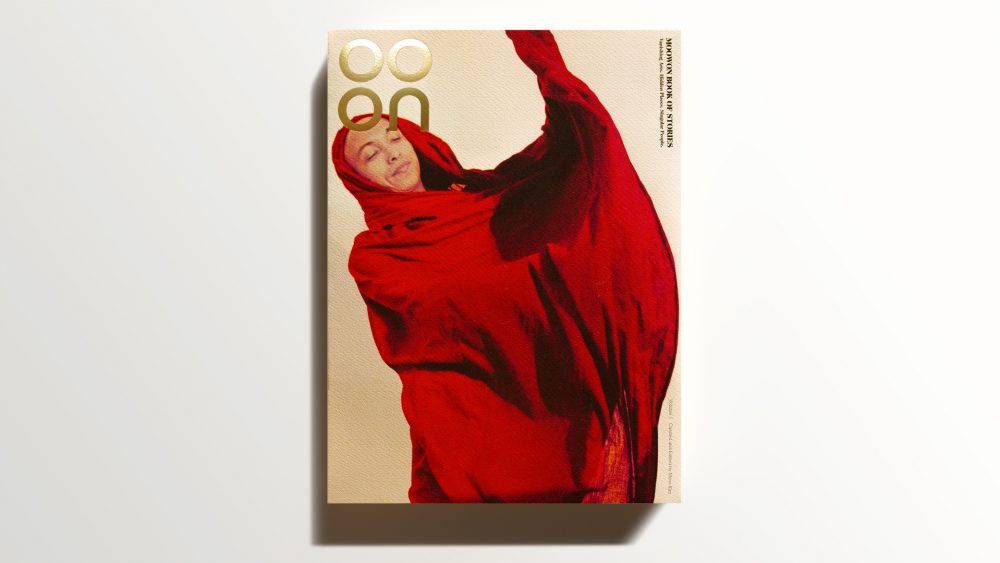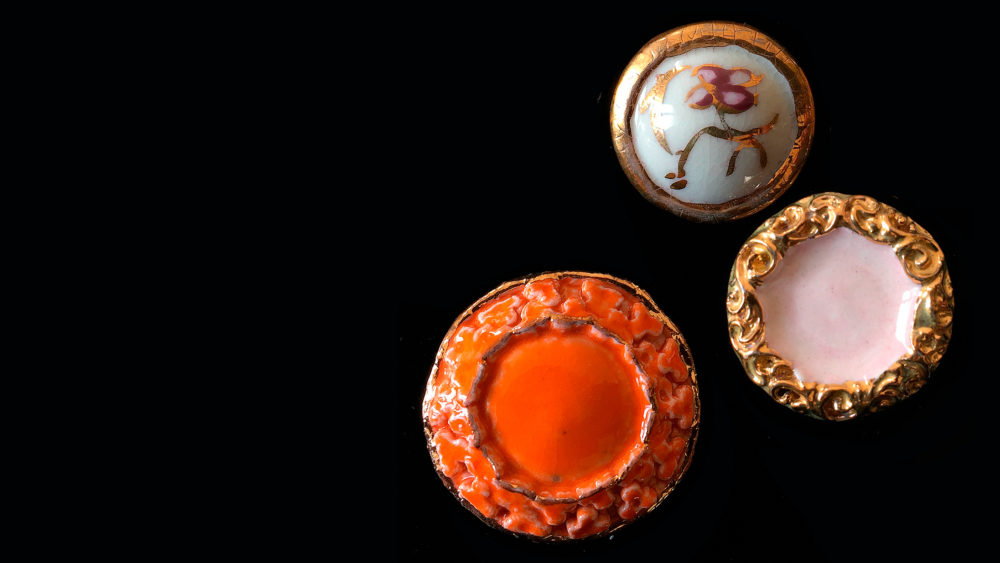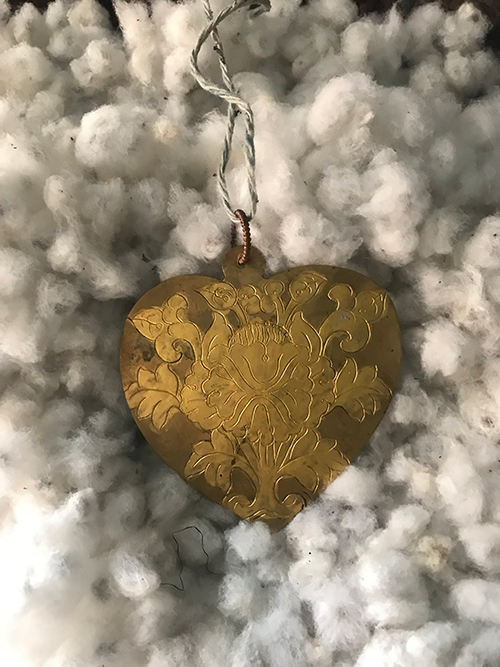
Crackling, Twisting, Unleashing, Roaring
Magic
Life force
Primal energy
Vital energy
Crimson emerged from caterpillar
Color of sun
born
from
artemisia
Everything —is alive.
In between his travels to the Kingdom of Bhutan to lead a weaving project for an international organization, Nelson would share his discoveries and encounters with this mystical land through these images. What struck me most about them was how they impart a vision of Bhutan that is entrancingly unexpected. And having come to understand his beautiful process and values during our years of friendship, I knew that these images revealed something beyond just the spectacular. They speak of efforts at digging into the roots of a place and its people in order to align what to create with how to create it. They are windows into the precious qualities that remain intact in this remote part of the world: purity, sincerity, the primal and the essential. Remembering the origin of things and reconnecting to the elemental serve to anchor us at this critical and challenging crossroad in our history.
We remember that craft, too, is born from and interconnected to a larger context: collective memory, surroundings, seasons, a particular relationship with time unique to each community and person. In this sense, Nelson is inviting us to make the effort to look at that larger context so that we can unearth its essence.
Hence, I asked him to transport us to this magical kingdom through his unadulterated vision of this hidden world, through his words. We hear water, quiet and thunderous, trickling, rushing down the mountains. We imagine women “sorceresses” concocting color under big trees by the stream. We smell the putrid dried leaves of indigo and the steaming and violent emergence of colors born from Earth. We bathe in the land’s pure light that filters through and throughout, reminding us of the vast powerful nature out there beyond the walls. We see silence, we flow through at a different pace. All such impressions, feelings, sensations, memories, encapsulated in these images and spoken words become the references for the work that takes shape. As such, Nelson inspires us to grasp the bigger scheme of things so that we may create meaningfully.
We go back to the life source to remember how to move forward. We forge a future by rerooting ourselves back to the soil, to the elemental,and to origin itself.
Craft originated in nature, at the beginning of time. Craft is a tool gifted to us by nature. Its pace is shaped by time. And this time was aligned to nature once, long ago. This story is an ode to nature, time, and craft their progeny.
— Mona Kim
Incarnate
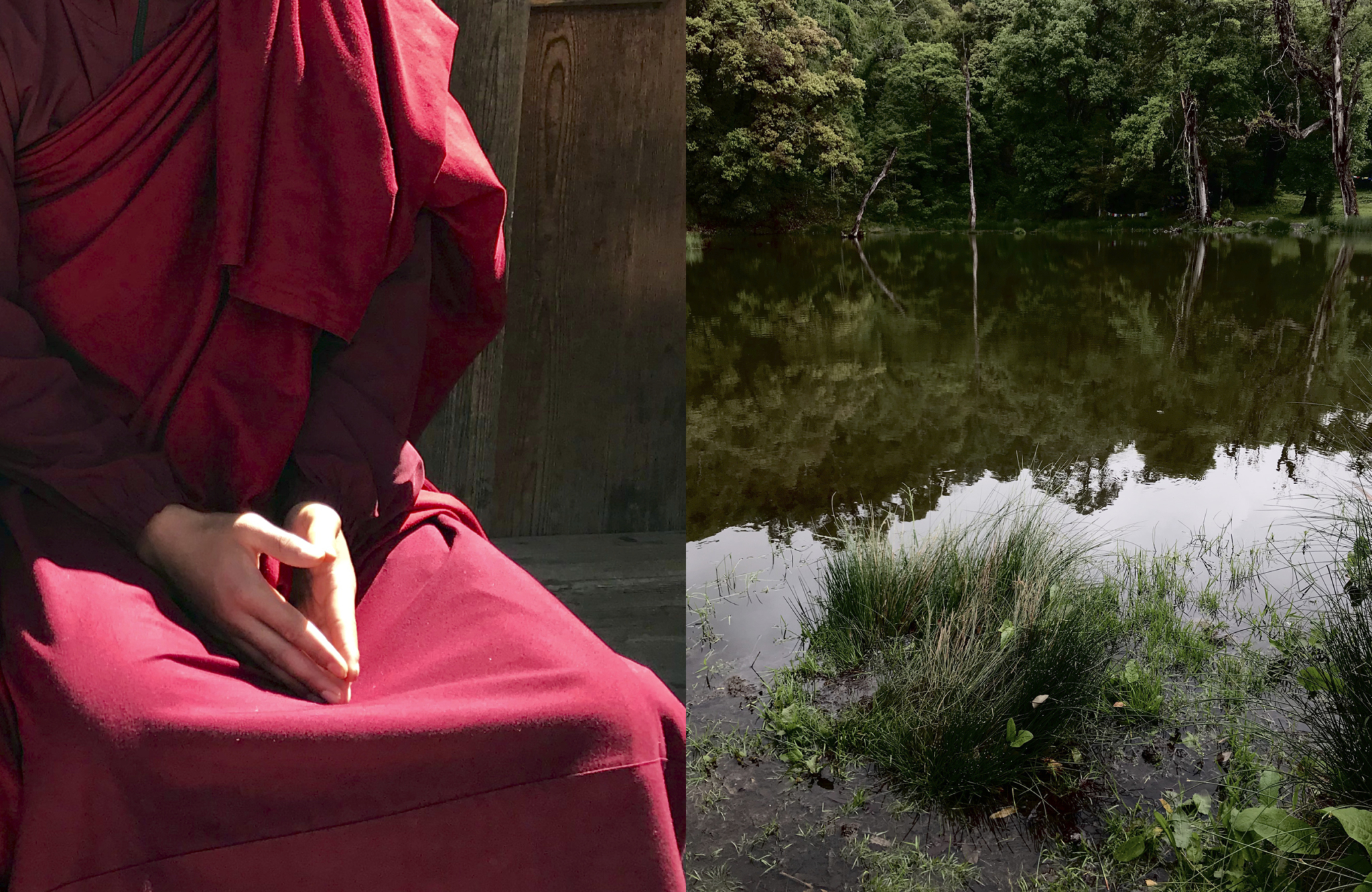
“Today,
we are so obsessed
with the need to be efficient
in regards to time.
In Bhutan, they just don’t care.
There,
you shed the sense
of time as we know it.
The activity of weaving
is interwoven into people’s daily chores and work.
They weave when they have time.
They weave at their rhythm.
They weave at the rhythm
of the seasons.”
– Nelson Sepulveda
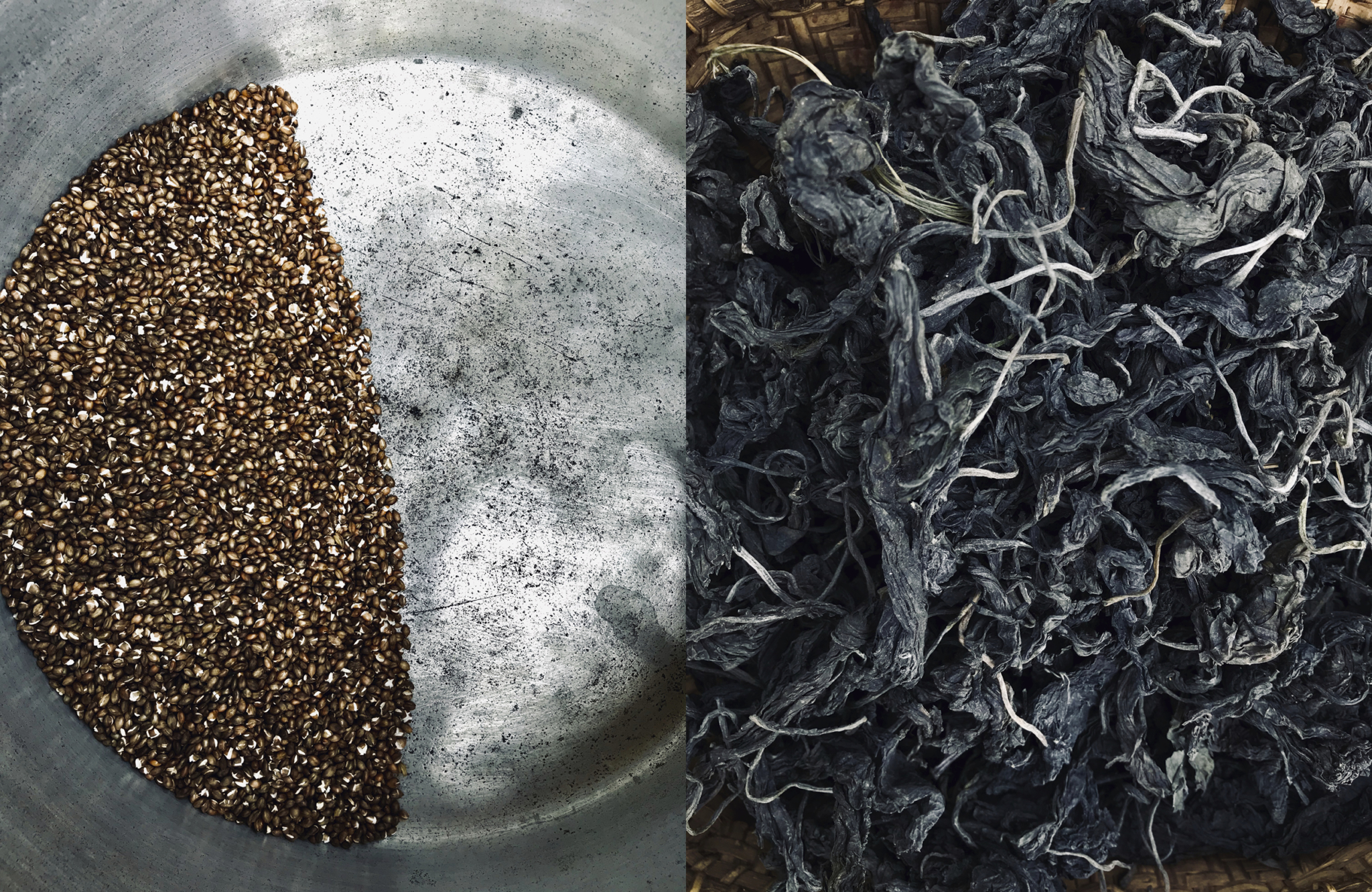
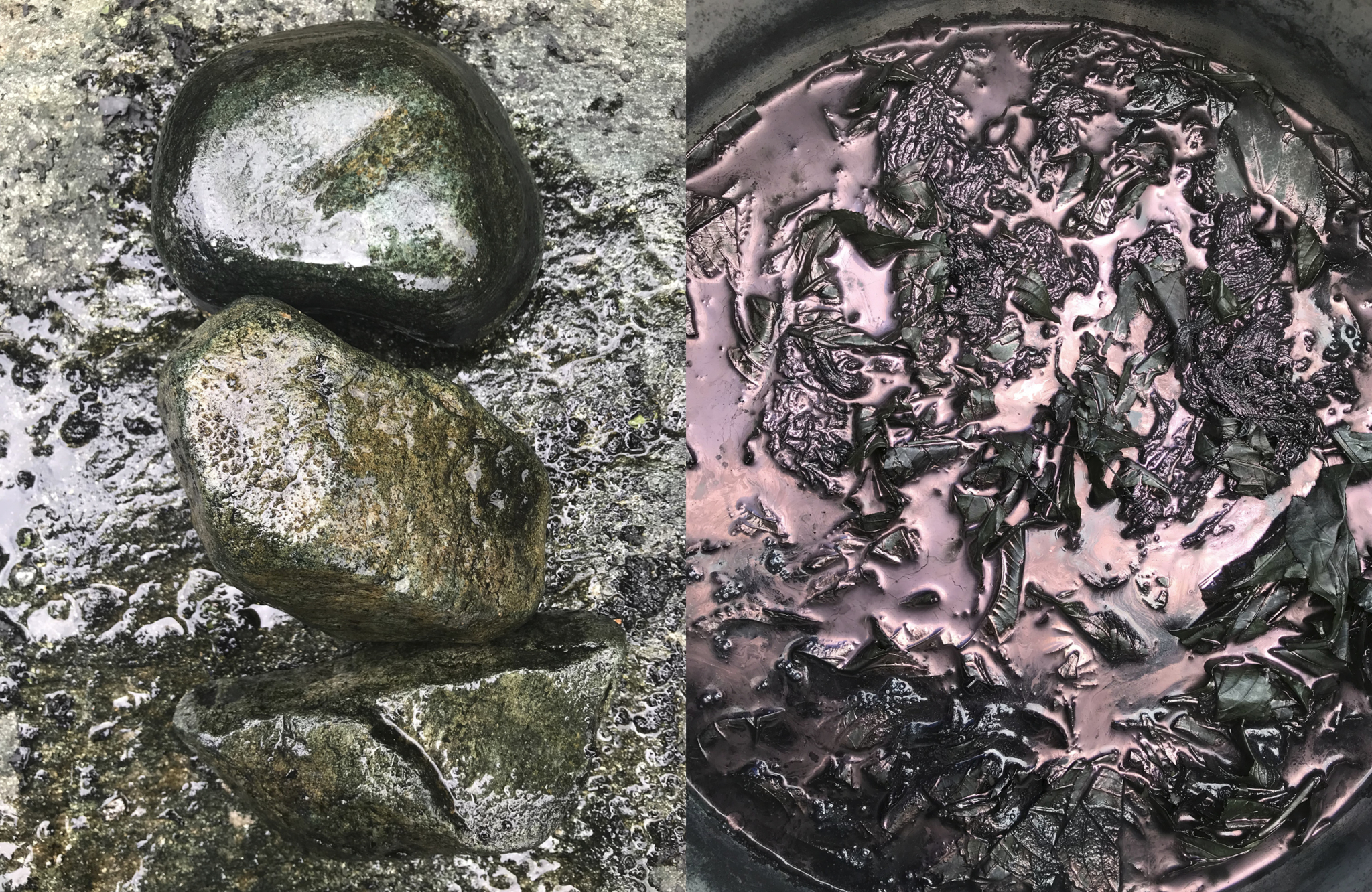
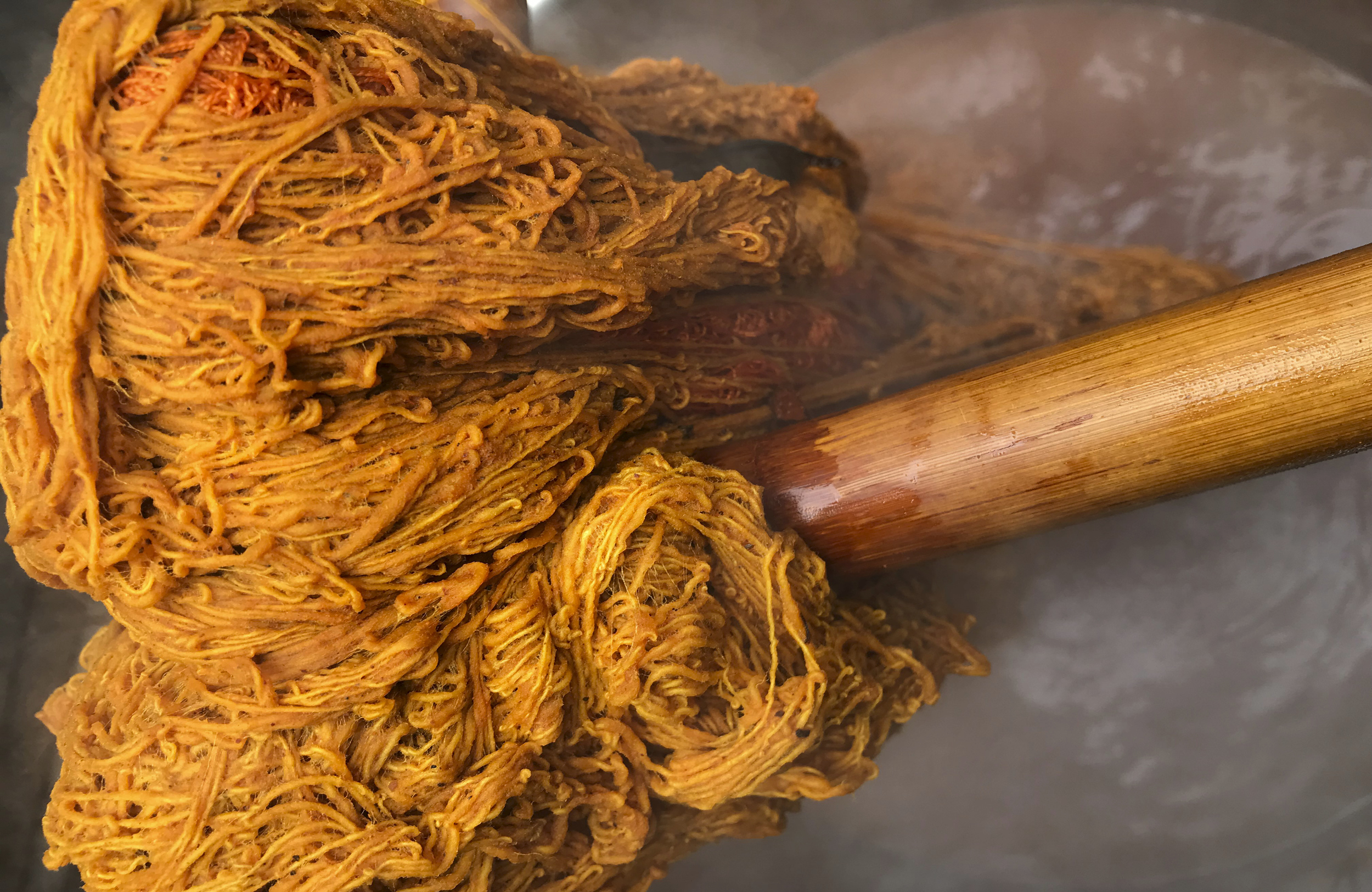
“The beauty of craft
is that the construction of every object embodies a particular energy.
That energy is directly linked with a particular rhythm that is specifically human and connected with nature.”
“Why do objects made by
artisans touch us so deeply?
Being in Bhutan provided clear answers to this question that I had for a long time. I believe this has to do with how these objects incarnate the notion of time that we dream of—the long and slow time that we have lost today.”
To enjoy the full story, become a Member.
Already a Member? Log in.
For $50/year,
+ Enjoy full-length members-only stories
+ Unlock all rare stories from the “Moowon Collection”
+ Support our cause in bringing meaningful purpose-driven stories
+ Contribute to those in need (part of your membership fee goes to charities)

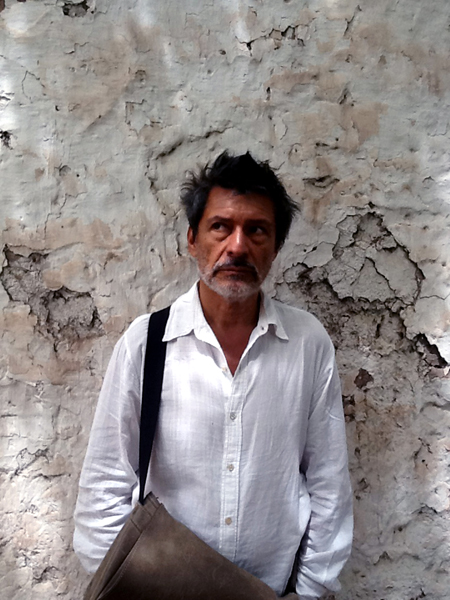
Nelson Sepulveda is a creator of artisan-made homeware, furniture, and objects. He travels the world to collaborate with local artisan communities for collections he develops for the brands such as Ay Illuminate and Cinq Etoiles. In recent years, he has been driving a project in Bhutan to rebuild a foundation for the country’s contemporary textile collection with the aim to preserve the essence of the culture and its identity by working exclusively with natural and local materials. During his early days in Paris, Nelson designed makeup ranges for luxury brands. He later joined Edelkoort Studio, where he provided creative direction for View and Bloom magazines. He has been a contributing art director, set designer, stylist, and editor for various editorials including Mairie Claire, Selvedge, Le Monde d'Hermes, and Architectural Digest. He has also collaborated on special projects for the brand Dosa. Nelson is represented in Paris by Gallois Montbrun & Fabiani Agency.
Mona Kim is the Founder and Curator of Moowon magazine. As the Creative Director of award-winning multidisciplinary design studio, Mona Kim Projects, she has been conceiving public space experiences and large-scale experiential projects for global brands and cultural institutions. Her museum and exhibition design for the Canadian Museum of Human Rights, World Expo, Museum of Tomorrow (Museu do Amanhã), and UNESCO-sponsored projects, gave her the opportunity to document and be exposed to some of the most distinctive examples of social realities and cultural expressions. She had co-curated world issues such as endangered languages, cultural diversity, sustainability, climate change and anthropocene. The Moowon project is an extension of this background. Her work has been featured in The New York Times, WWD(Women's Wear Daily), The Creative Review, and in publications by Gestalten and The Art Institute of Chicago.
EDITING: COPYRIGHT © MOOWON MAGAZINE /MONA KIM PROJECTS LLC. ALL RIGHTS RESERVED.
PHOTOS: COPYRIGHT © NELSON SEPULVEDA. ALL RIGHTS RESERVED.
INTRODUCTION TEXT: COPYRIGHT © MONA KIM / MOOWON MAGAZINE. ALL RIGHTS RESERVED.
TO ACQUIRE USAGE RIGHTS, PLEASE CONTACT US at HELLO@MOOWON.COM
